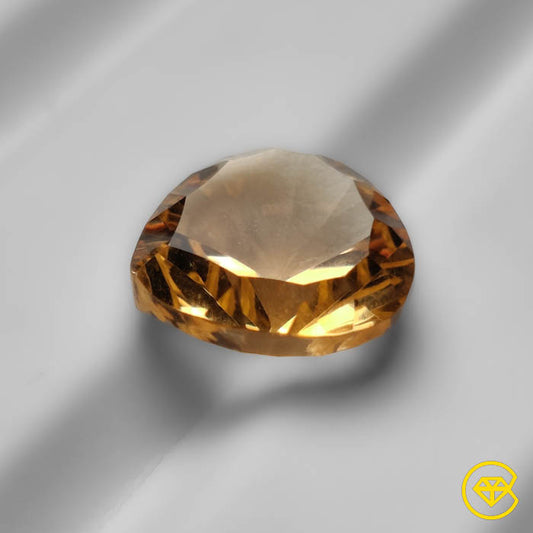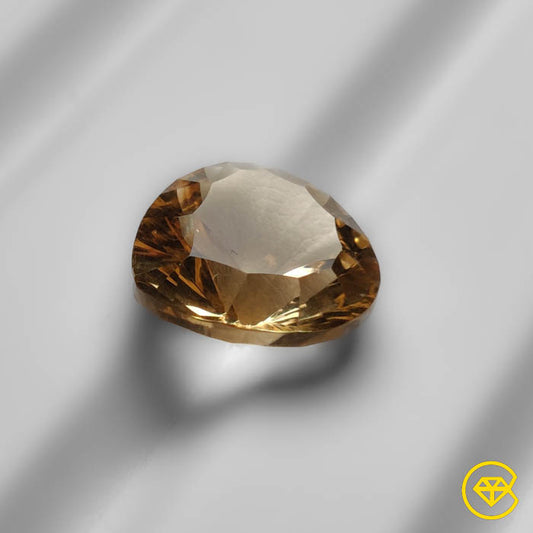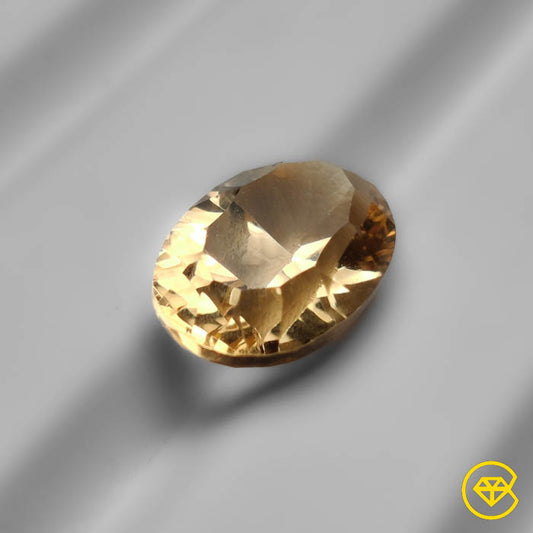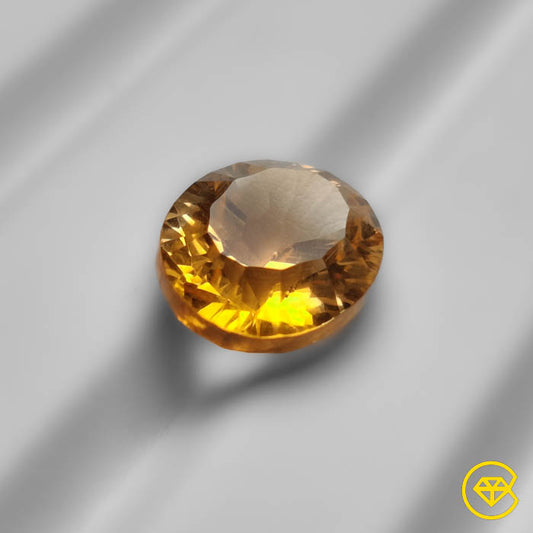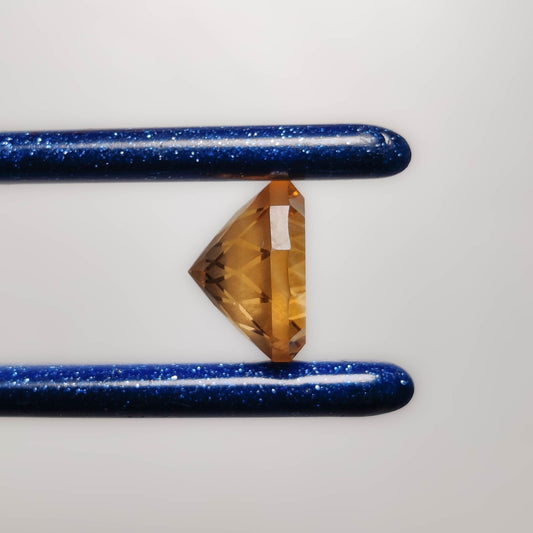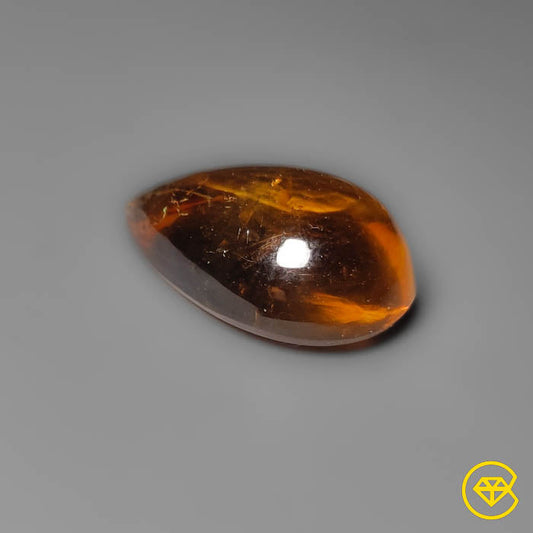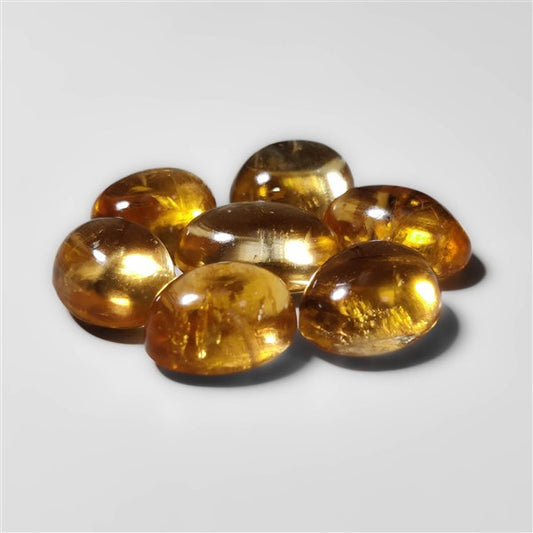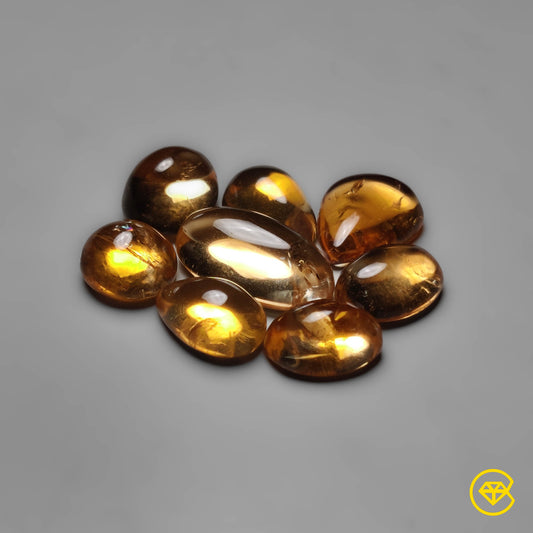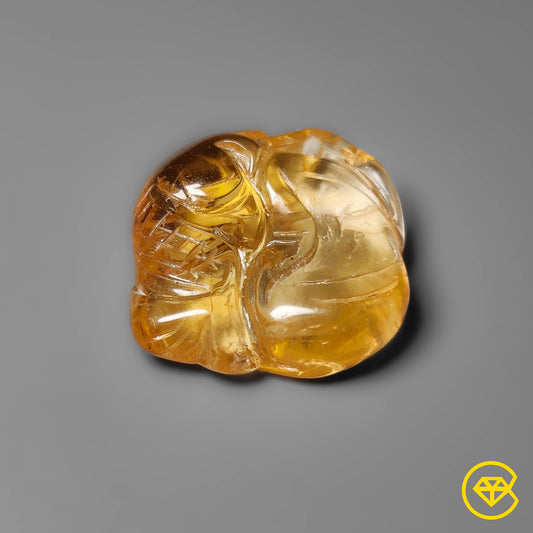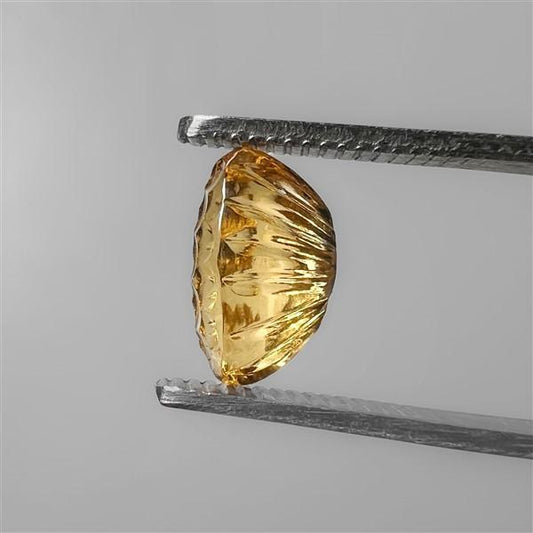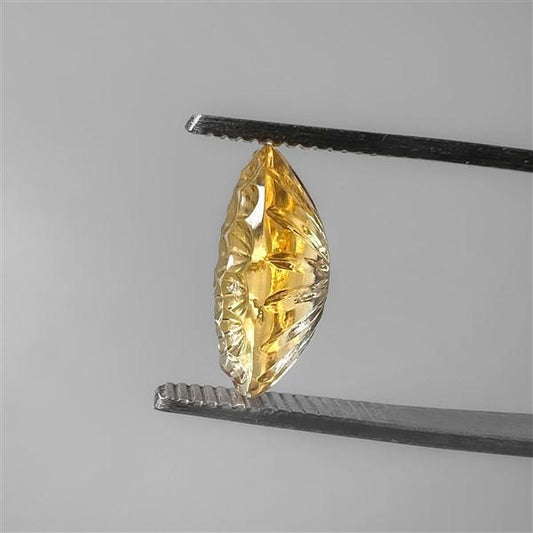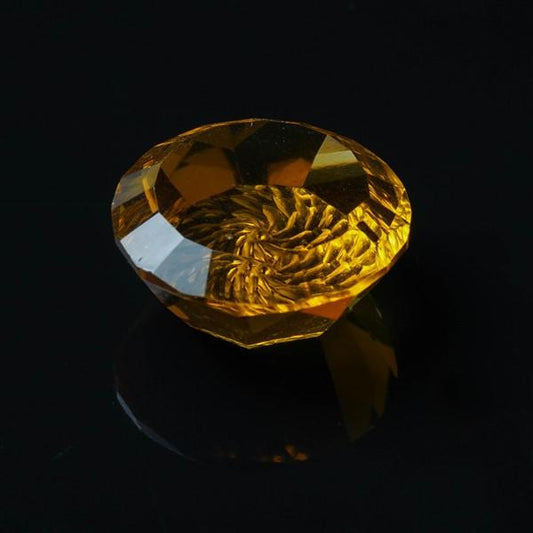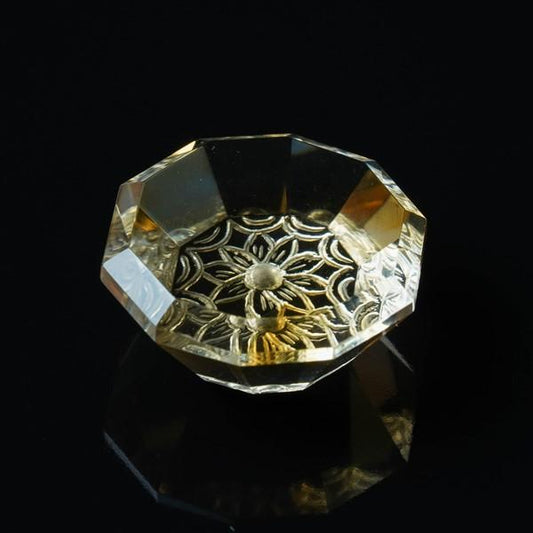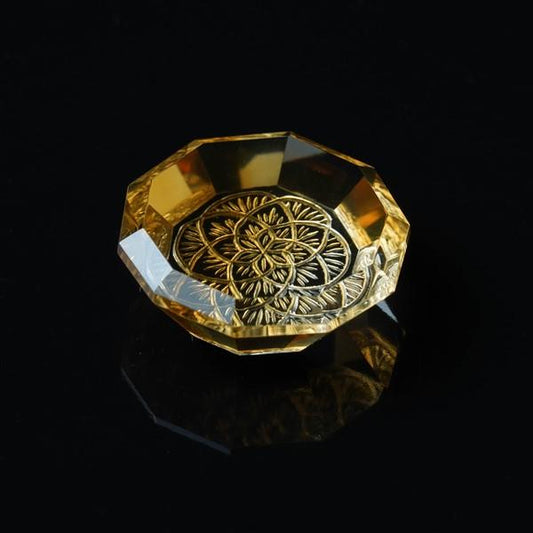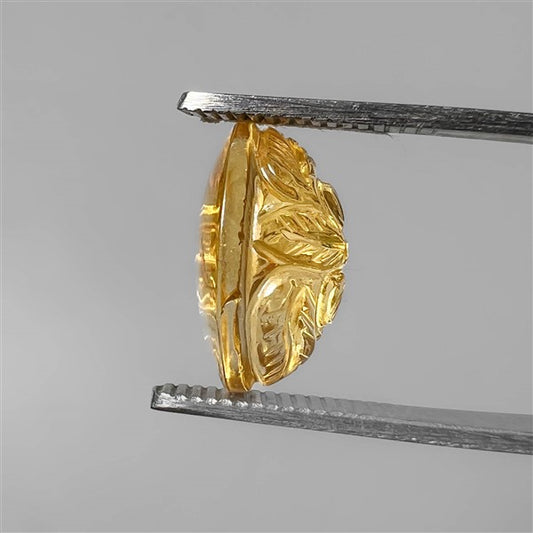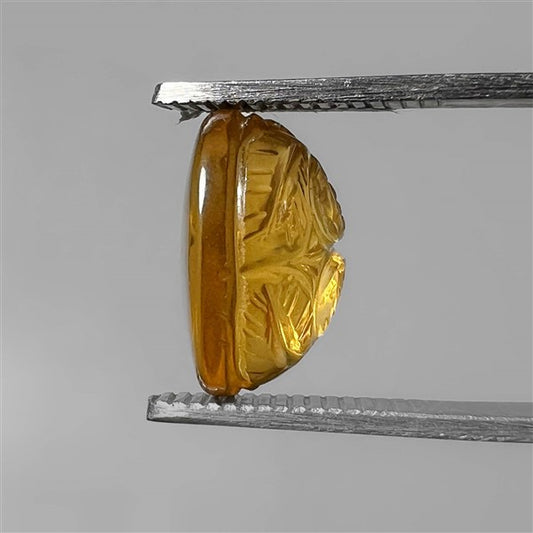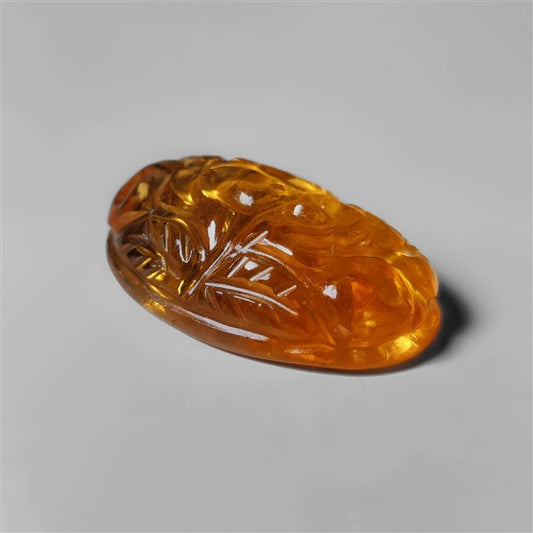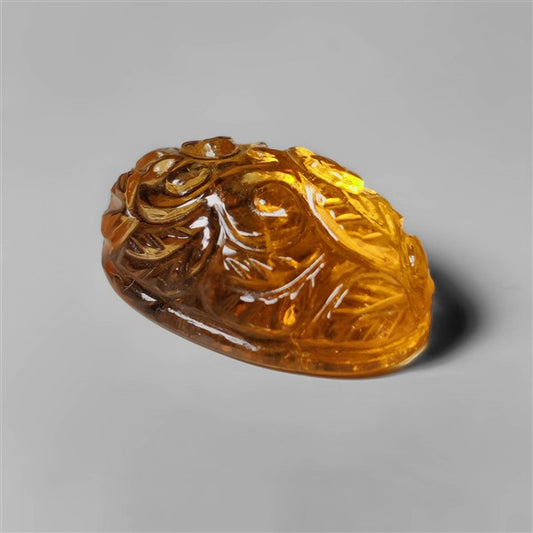Citrine exhibits a range of yellow colors from light yellow to dark amber that makes this quartz gemstone highly appealing for gemstone collections.
The natural or heat-treated iron contents embedded within quartz crystal lattices give rise to its golden color. The gemological community finds Citrine attractive because of its sparkling glass-like sheen and strong durability alongside its affordable market value.
Physical Properties of Citrine
The gemstone displays a range of colors which include yellow, golden hues alongside orange, honey tones along with reddish brown shades.
- Hardness: 7 on the Mohs scale (suitable for daily wear).
- Luster: Vitreous (glass-like).
- Transparency: Transparent to translucent.
- Chemical Composition: Silicon dioxide (SiO₂) with iron traces.
The distinctive property of Citrine crystal is its capacity to resist collecting energies unlike numerous other crystals which typically require periodic cleansing procedures.
The stone transforms negative energy into positive and illuminated power thus making metaphysical practitioners seek it as a precious gem.
Her radiant golden shine and positive attributes make Citrine stone a gem that ancient and modern cultures have embraced as one of their most valued treasures.
The stone Citrine continues to hold great importance across different generations and cultural traditions because people believe it brings life enhancement together with wealth, luck and emotional well-being.
Whenever worn, this gemstone enhances both good fortune and light emission since it contains positive sun energy.
A Symbol of Wealth and Prosperity
According to tradition, "Merchant’s Stone" denotes Citrine, which businesses have used to bring financial prosperity since ancient times. Due to its wealth-boosting properties, many business owners position Citrine cabochons either in their cash registers or near wealth corners and office spaces to draw wealth and steady finances.
People believe that Citrine crystal promotes good financial choices by helping to release financial obstacles when worn or carried on the body.
Empowerment and Personal Growth
The Solar Plexus Chakra strongly connected with Citrine gemstone since this chakra governs both emotional power and self-control as well as inner confidence.
Citrine supports spiritual healing because it holds mastery over both self-discipline and decision-making processes as well as ambition.
Through its properties, Citrine crystal helps people get past their uncertainties because it creates the strength needed to challenge fearful doubts and seize fresh possibilities.
The fire element in Citrine stone communicates powerful enthusiasm and strong drive, which enables people to accomplish their goals with complete confidence. Ethiopian Opal is known for its fiery flashes of color and unique transparency.
- The natural occurrence of Citrine crystals is very scarce because most sales material and displays based on this color include heat-treated Amethysts or Smoky Quartz that undergo thermal processing to produce their golden appearance.
- Citrine gemstone separates from most crystals since it cannot hold negative vibrations but purifies them into upbeat energy frequencies.
- Citrine stone has been cherished by human civilizations since ancient times as people used it for creating jewelry that represented prosperity while offering protective power.
- People use wealthy parts of buildings and homes according to Feng Shui standards by placing Citrine cabochons to draw in financial prosperity.
- Mental clarity gemstones appear under the name "Mind Stone," which clears fog in your mind while it enhances focus and stimulates thinking abilities.
- During the nineteenth century Queen Victoria brought Citrine gemstones into fashion for jewelry while specifically using these stones to make Scottish designs.
- Among all gemstones worldwide Citrine crystal emerges as one of the most intriguing gems because it unites vital power with distinct character together with its deep historical roots.
Citrine stone plays an essential role in various ancient myths because historical civilizations linked it to earthly power and divinity through their legends.
Ancient Greek and Roman Mythology
According to Greek belief, Apollo, the god of the sun, sent his energy and warm light through Citrine stones. Warriors regularly wore Citrine crystal as a protective stone while seeking enhancement of their battle capabilities.
During Roman times, users polished Citrine gemstone to create detailed intaglio designs, which they turned into elaborate protective jewelry as well as signet rings against evil entities.
Egyptian and Middle Eastern Legends
In Egyptian royal circles, Citrine gemstone enjoyed great status because pharaohs believed this gemstone possessed Ra's divine powers as the sun deity.
In ancient burial rituals, Egyptians incorporated Citrine stone due to their belief that it would aid their departed spirits to find prosperity beyond their mortal life.
Medieval European Beliefs
The "Stone of the Mind" reputation was used to describe Citrine crystal because it enhanced mind power while giving beneficiaries wisdom and psychic skills and focused their mental cognition.
The abilities of Citrine gemstone to transform regular metals into gold earned it great value because alchemists believed it could make worthless materials into valuable items.
Since ancient times people have revered Citrine stone because of its gold color that protects individuals and attracts abundance to users. The hydrophane nature of Ethiopian Opal allows it to temporarily absorb water and change appearance.
Jewelers alongside collectors find Citrine cabochons highly attractive because professionals can transform this gemstone into multiple artistic forms for jewelry creations.
Its combination of excellent clarity, combined with vitreous luster and durability rating at 7 on the Mohs scale, allows it to become an ideal material for wearing rings, pendants, earrings, and bracelets.
Popular Cuts of Citrine
The process of gemstone cutting leads to improved Citrine gemstone performance through stronger reflection of light, deeper hue, and greater sparkle. There are three overall popular techniques for cutting gemstones:
- Brilliant Cut: Citrine stones receive Brilliant Cut treatment in Round and Oval shapes so that the gemstone reflects light through multiple facets to produce vibrant brilliance. Round and oval shapes of Citrine crystal work especially well for engagement rings together with pendants.
- Emerald Cut: Show maximal transparency through its open triangular facets that heighten both clarity and color intensity of Citrine gemstone. There is a special place in the hearts of people who want an elegant vintage style.
- Cushion Cut: Superb blending of rounded contours with profound facets releases new depth and vividness in Citrine stones, increasing their radiant quality.
- Pear & Marquise Cut: Citrine cabochons cut into pear or marquise shapes develop a distinct elongated look, which people frequently use for statement jewelry designs. The pear cut looks excellent when hanging from earrings or adorning elegant pendants, although the marquise cut tends to make stones appear bigger.
- Cabochon Cut: A cabochon cut with its smooth and rounded surface exists more rarely in Citrine gemstone use but serves meditative and talismanic jewelry designs because it brings out a natural uncut appearance.
Gemstone ethical sourcing has become a crucial issue for professionals in jewelry as well as their customers including Citrine stone merchants. People looking for ethical gemstones should measure the sustainability of Citrine extraction.
Where is Citrine Found?
The supply of natural Citrine gemstones is limited because its main production points are located at three primary places:
- Citrine mining operations in Rio Grande do Sul produce the most extensive number of golden to deep orange Citrine crystals, which Brazil yields from its mines.
- Madagascar – Produces exquisite natural Citrine cabochons with unique, warm hues.
- The mining regions of Citrine gemstones include Russia in addition to Bolivia and Zambia.
Because natural Citrine crystal supplies run low, the gemstones being sold in most commercial outlets are heat-treated Amethyst or Smoky Quartz that transform into golden hues when heated.
Sustainability Concerns in Citrine Mining
The responsible mining protocols for gemstones must be enforced because such care protects both nature and worker dignity. Key concerns include:
- The practice of deforestation along with habitat destruction occurs throughout Citrine mining extraction areas.
- The improper execution of Citrine gemstone mining produces contaminated water in the affected regions.
- Adequate salary payments and protective workplace environments should exist alongside non-exploitative labor practices that prevent employment of children.
Several elements shape the valuation systems of Citrine stones as an alternative gemstone.
The value of Citrine cabochons primarily depends on three factors:
- The highest value exclusively belongs to deep golden along with amber and reddish-orange variations of Madeira Citrine. The price decreases whenever stones appear as pale yellow.
- The best quality Citrine gemstones contain no inclusions and appear transparent when examined by the naked eye.
- The appearance of Citrine crystals improves through proper cutting techniques since poor cutting reduces maximum light reflection.
Valuable Citrine stones tend to be large because they combine deep color with uniform distribution throughout the stone.
How Citrine Compares to Opals in Valuation
- Citrine gemstones have steadier market value than the cost-vulnerable Opals because of their shifting color appearance.
- The softer nature of Opal along with its fragility leads to higher cost incorporation, while Citrine stones stand out due to their wearability in daily life because they are durable.
- Citrine crystals have better market availability than Opals, which leads to different price ranges.
- The golden nature along with budget-friendly value of Citrine cabochons offers people a gemstone alternative that competes with Opals in popularity.
Due to its bright aura, Citrine gemstone brings self-assurance together with financial abundance while also embracing joy.
Citrine and Zodiac Signs
- Birthstone of November 22 – December 21 – Sagittarians’ stone is Citrine, symbolizing their adventurous, optimistic, and success-oriented character.
- Citrine gemstone brings out Leo's strong leadership abilities while matching the fiery personality traits found during July 23 to August 22.
- Citrine stone serves as the special stone for Aries during the period from March 21 to April 19, allowing them to overcome fear when taking action while pursuing their goals.
Citrine and Planetary Influence
- Citrine crystal belongs to the Sun's rulership, enabling it to boost individual power as well as enhance life energy and deliver financial well-being.
- This stone provides healing powers against depressive moods and both motivational shortages and self-doubt through its optimistic energy.
- The Vedic astrological system accepts Citrine gemstones as a substitute for Yellow Sapphire when performing planetary analysis of Jupiter energy.
Citrine in Chakra Healing
- When used for the Solar Plexus Chakra, Citrine cabochons enhance confidence and offer courageous ability and goal achievement.
- The chakra becomes clear when you opt for Citrine gemstones, facilitating free energy distribution throughout the body, thus building empowerment along with clarity.
- Practicing meditation with Citrine stones allows one to establish positive intentions about prosperity and emotional equilibrium.
The Citrine gemstone attracts both spiritual believers and astrologers through its powerful radiance of positive abundance combined with personal development benefits, making it their chief stone choice.







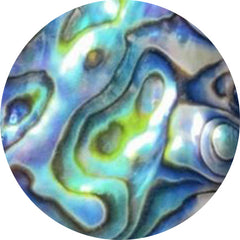 ABALONE SHELL (108)
ABALONE SHELL (108)
 ACTINOLITE (6)
ACTINOLITE (6)
 Affordable Gemstones (16928)
Affordable Gemstones (16928)
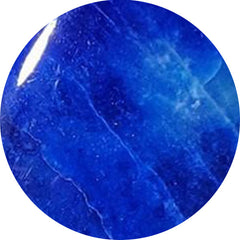 AFGHANITE (15)
AFGHANITE (15)
 AGATE (2525)
AGATE (2525)
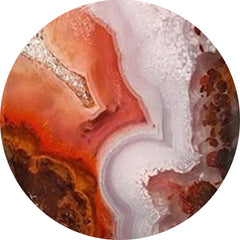 AGUA NUEVA (4)
AGUA NUEVA (4)
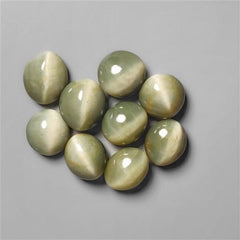 All Gemstones (6)
All Gemstones (6)
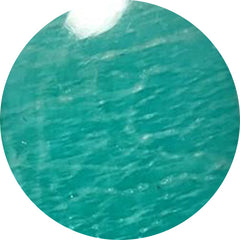 AMAZONITE (181)
AMAZONITE (181)
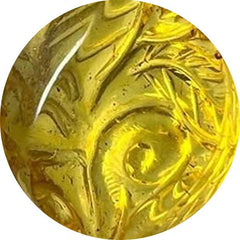 AMBER (156)
AMBER (156)
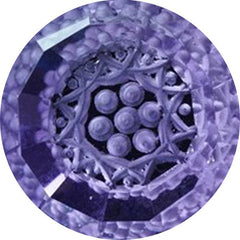 AMETHYST (526)
AMETHYST (526)
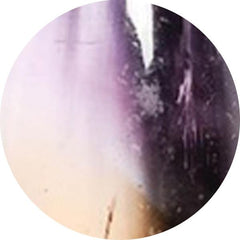 AMETRINE (1)
AMETRINE (1)
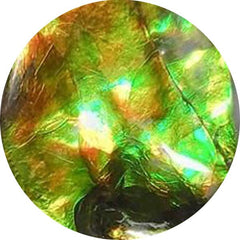 AMMOLITE (38)
AMMOLITE (38)
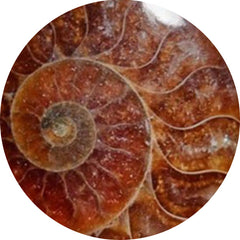 AMMONITE (91)
AMMONITE (91)
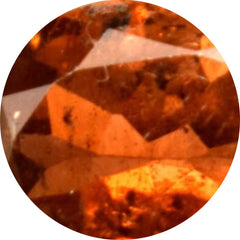 ANDALUSITE (2)
ANDALUSITE (2)
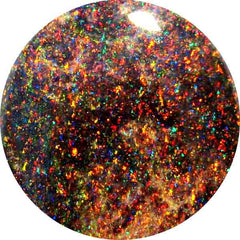 ANDAMOOKA OPAL (4)
ANDAMOOKA OPAL (4)
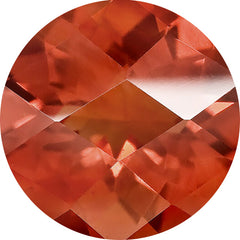 ANDESINE (1)
ANDESINE (1)
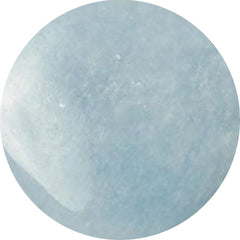 ANGELITE (31)
ANGELITE (31)
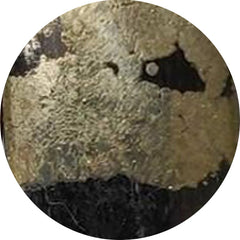 APACHE GOLD (28)
APACHE GOLD (28)
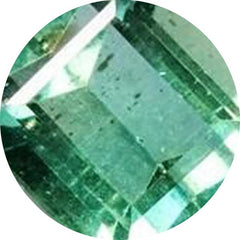 APATITE (149)
APATITE (149)
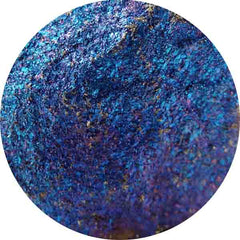 APOPHYLLITE (3)
APOPHYLLITE (3)
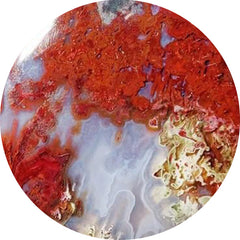 APPLE VALLEY AGATE (0)
APPLE VALLEY AGATE (0)
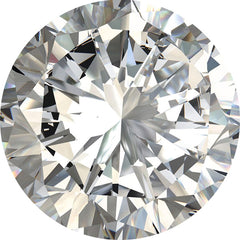 APRIL BIRTHSTONE (44)
APRIL BIRTHSTONE (44)
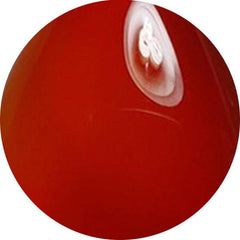 AQEEQ (0)
AQEEQ (0)
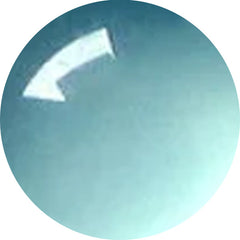 AQUA CHALCEDONY (17)
AQUA CHALCEDONY (17)
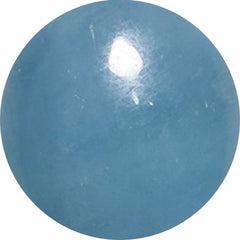 AQUAMARINE (72)
AQUAMARINE (72)
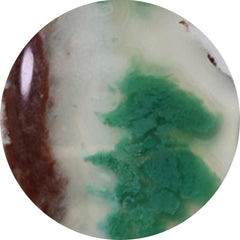 AQUAPRASE (53)
AQUAPRASE (53)
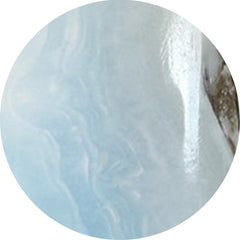 ARAGONITE (2)
ARAGONITE (2)
 ARFVEDSONITE (1)
ARFVEDSONITE (1)
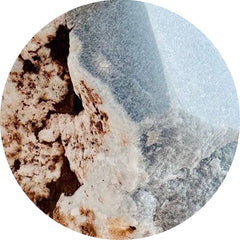 ARISTOLITE (0)
ARISTOLITE (0)
 ARIZONA TURQUOISE (1)
ARIZONA TURQUOISE (1)
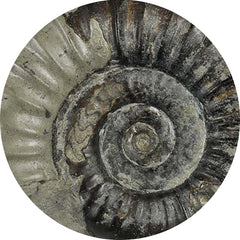 ARNIOCERAS SEMICOSTATUM FOSSIL (0)
ARNIOCERAS SEMICOSTATUM FOSSIL (0)
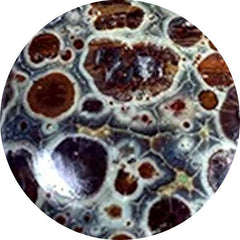 ASTEROID JASPER (11)
ASTEROID JASPER (11)
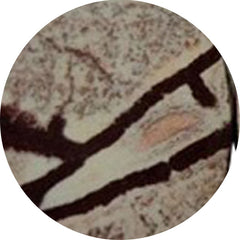 ASTROPHYLLITE (52)
ASTROPHYLLITE (52)
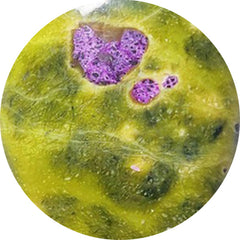 ATLANTASITE (96)
ATLANTASITE (96)
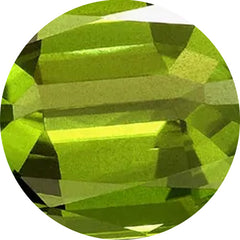 AUGUST BIRTHSTONE (35)
AUGUST BIRTHSTONE (35)
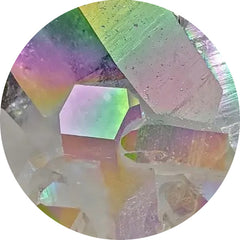 AURA QUARTZ (0)
AURA QUARTZ (0)
 AURORA OPAL (267)
AURORA OPAL (267)
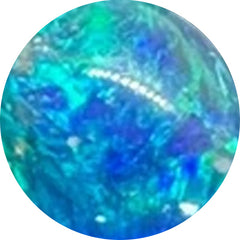 AUSTRALIAN OPAL (11)
AUSTRALIAN OPAL (11)
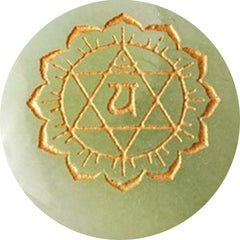 AVENTURINE (73)
AVENTURINE (73)
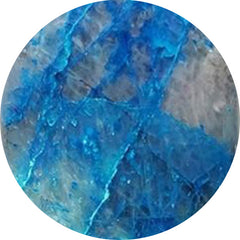 AZURITE (284)
AZURITE (284)
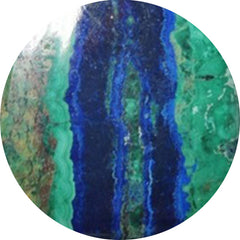 AZURITE MALACHITE (43)
AZURITE MALACHITE (43)
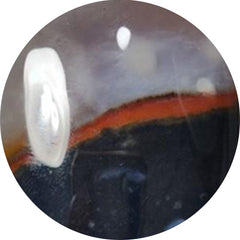 BANDED AGATE (60)
BANDED AGATE (60)
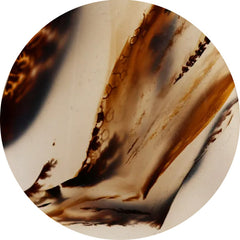 BARBER AGATE (0)
BARBER AGATE (0)
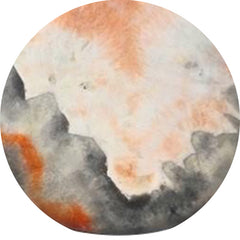 BARITE (12)
BARITE (12)
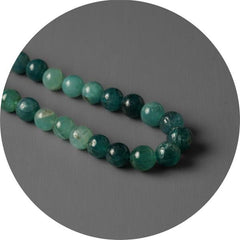 Beads (60)
Beads (60)
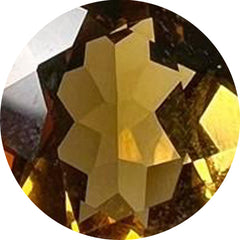 BEER QUARTZ (25)
BEER QUARTZ (25)
 BERBER AGATE (4)
BERBER AGATE (4)
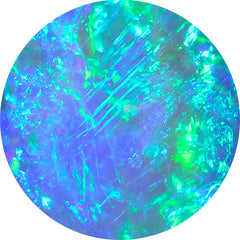 Best Seller (0)
Best Seller (0)
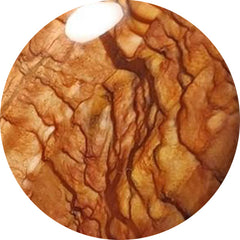 BIGGS JASPER (19)
BIGGS JASPER (19)
 Bird Carving (99)
Bird Carving (99)
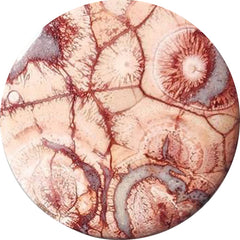 BIRD EYE JASPER (52)
BIRD EYE JASPER (52)
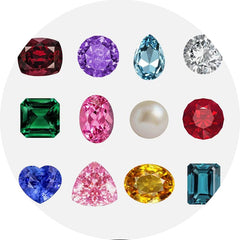 Birthstones (0)
Birthstones (0)
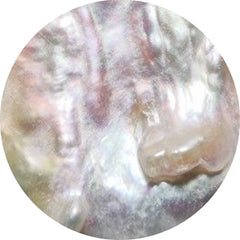 BIWA PEARL (39)
BIWA PEARL (39)
 Black Gemstones (798)
Black Gemstones (798)
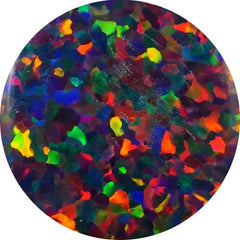 BLACK OPAL (57)
BLACK OPAL (57)
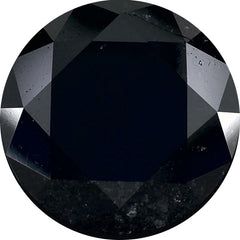 BLACK SPINEL (20)
BLACK SPINEL (20)
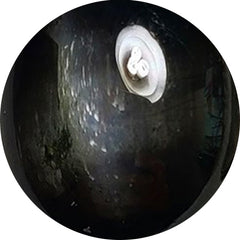 BLACK STAR (32)
BLACK STAR (32)
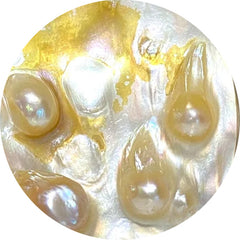 BLISTER PEARL (34)
BLISTER PEARL (34)
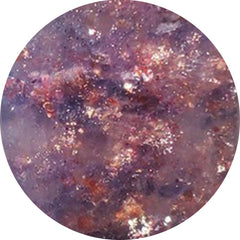 BLOODSHOT IOLITE (32)
BLOODSHOT IOLITE (32)
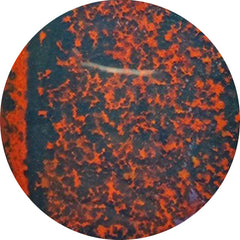 BLOODSTONE (83)
BLOODSTONE (83)
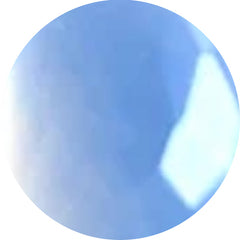 BLUE CHALCEDONY (26)
BLUE CHALCEDONY (26)
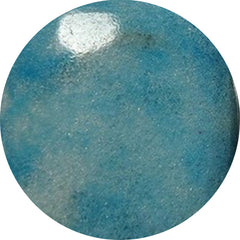 BLUE DIOPSIDE (0)
BLUE DIOPSIDE (0)
 Blue Gemstones (1281)
Blue Gemstones (1281)
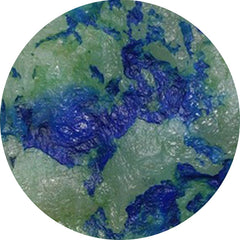 BLUE HORIZON (15)
BLUE HORIZON (15)
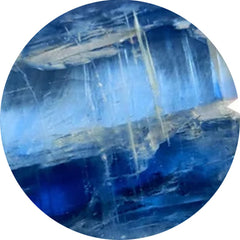 BLUE KYANITE (52)
BLUE KYANITE (52)
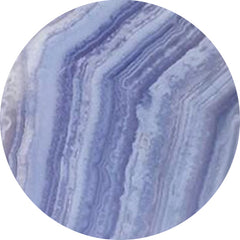 BLUE LACE AGATE (214)
BLUE LACE AGATE (214)
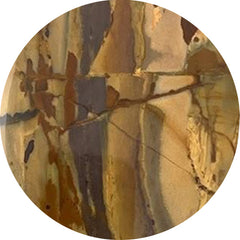 BLUE MOUNTAIN JASPER (0)
BLUE MOUNTAIN JASPER (0)
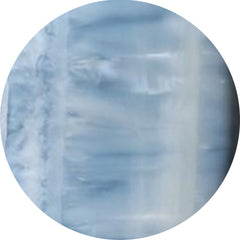 BLUE OPAL (197)
BLUE OPAL (197)
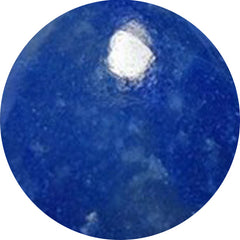 BLUE QUARTZ (27)
BLUE QUARTZ (27)
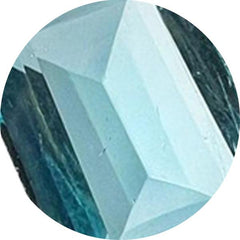 BLUE TOPAZ (84)
BLUE TOPAZ (84)
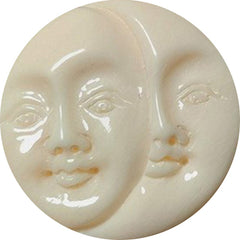 BONE (24)
BONE (24)
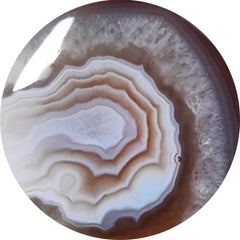 BOTSWANA AGATE (248)
BOTSWANA AGATE (248)
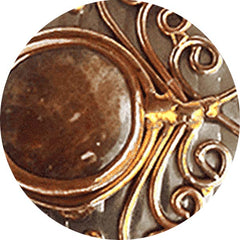 BRONZE (0)
BRONZE (0)
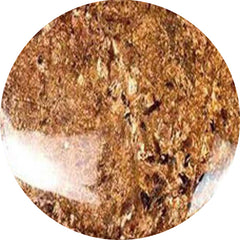 BRONZITE (3)
BRONZITE (3)
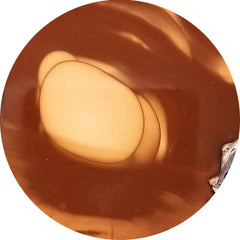 BRUNEAU JASPER (10)
BRUNEAU JASPER (10)
 BUMBLE BEE JASPER (199)
BUMBLE BEE JASPER (199)
 Buy Gemstones In USA (564)
Buy Gemstones In USA (564)
 Cabochon (0)
Cabochon (0)
 Cabochons (12925)
Cabochons (12925)
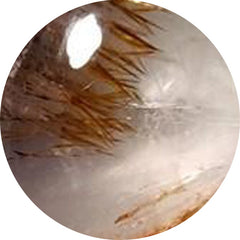 CACOXENITE (64)
CACOXENITE (64)
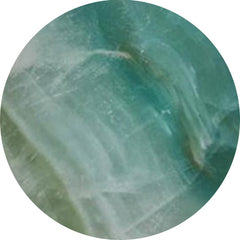 CALCITE (174)
CALCITE (174)
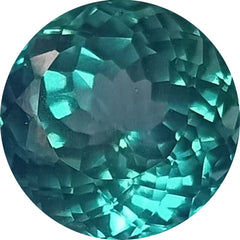 Calibrated (212)
Calibrated (212)
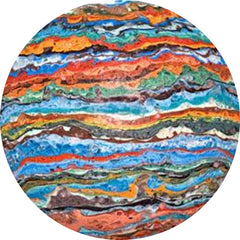 CALSILICA (0)
CALSILICA (0)
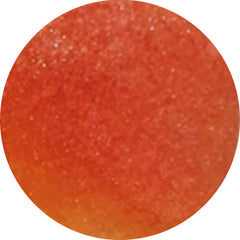 CANDY CORN (6)
CANDY CORN (6)
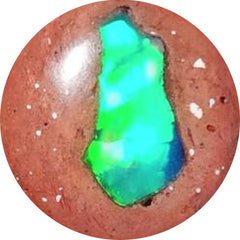 CANTERA OPAL (9)
CANTERA OPAL (9)
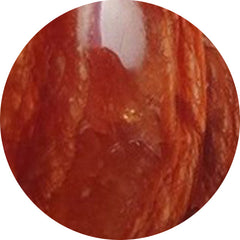 CARAMEL OPAL (2)
CARAMEL OPAL (2)
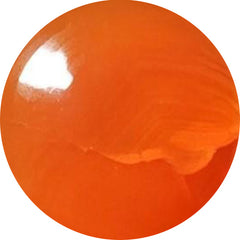 CARNELIAN AGATE (71)
CARNELIAN AGATE (71)
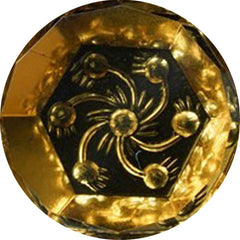 CARVING (1832)
CARVING (1832)
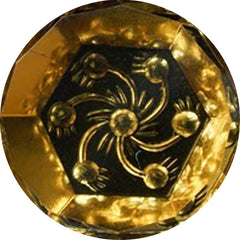 Carvings (2053)
Carvings (2053)
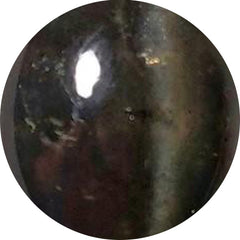 CATS EYE (61)
CATS EYE (61)
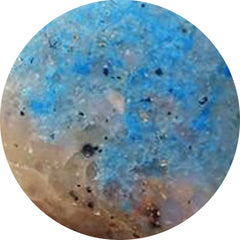 CAVANSITE (16)
CAVANSITE (16)
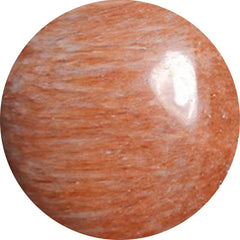 CELESTOBARITE (6)
CELESTOBARITE (6)
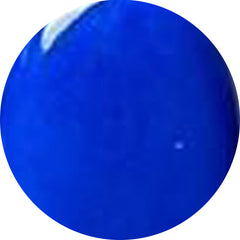 CERULEITE (0)
CERULEITE (0)
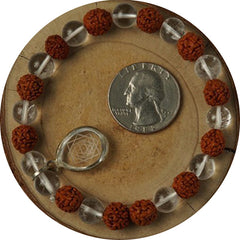 CHAKRA STONE (1)
CHAKRA STONE (1)
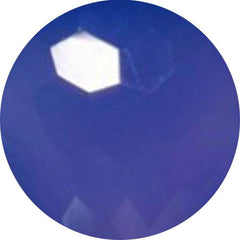 CHALCEDONY (398)
CHALCEDONY (398)
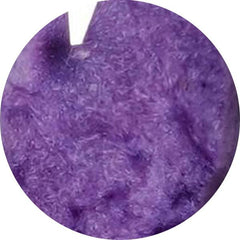 CHAROITE (167)
CHAROITE (167)
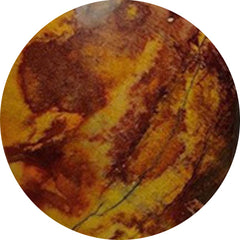 CHERRY CREEK JASPER (1)
CHERRY CREEK JASPER (1)
 CHIASTOLITE (18)
CHIASTOLITE (18)
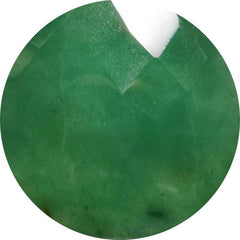 CHROME CHALCEDONY (79)
CHROME CHALCEDONY (79)
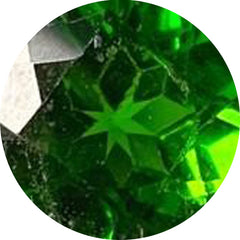 CHROME DIOPSIDE (22)
CHROME DIOPSIDE (22)
 CHRYSANTHEMUM FOSSIL (0)
CHRYSANTHEMUM FOSSIL (0)
 CHRYSOCOLLA (367)
CHRYSOCOLLA (367)
 Chrysocolla Malachite (74)
Chrysocolla Malachite (74)
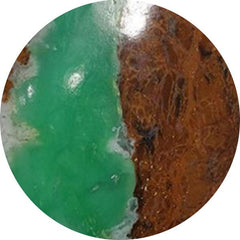 CHRYSOPRASE (274)
CHRYSOPRASE (274)
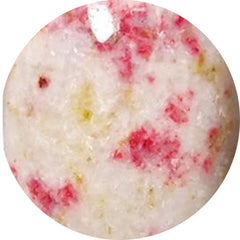 CINNABAR (16)
CINNABAR (16)
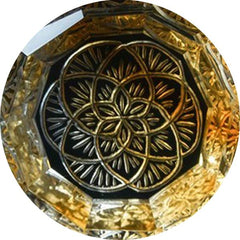 CITRINE (102)
CITRINE (102)
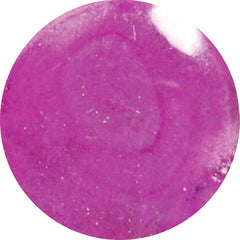 COBALTO CALCITE (56)
COBALTO CALCITE (56)
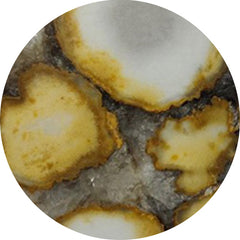 COBRA JASPER (32)
COBRA JASPER (32)
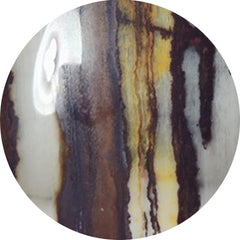 COCONUT JASPER (2)
COCONUT JASPER (2)
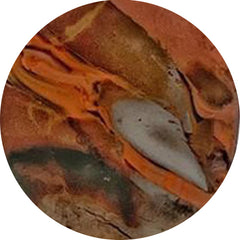 COFFEE BEAN JASPER (2)
COFFEE BEAN JASPER (2)
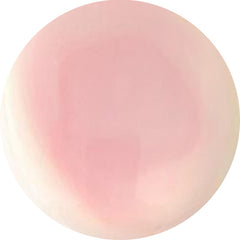 CONCH SHELL (12)
CONCH SHELL (12)
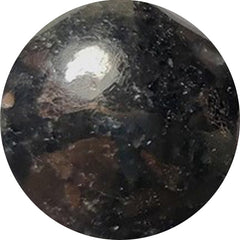 COPPERNITE (0)
COPPERNITE (0)
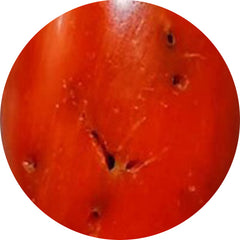 CORAL (334)
CORAL (334)
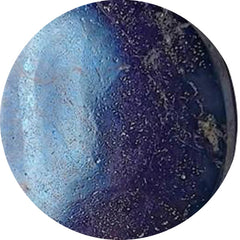 COVELLITE (13)
COVELLITE (13)
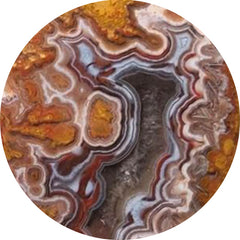 CRAZY LACE AGATE (192)
CRAZY LACE AGATE (192)
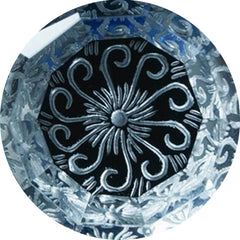 CRYSTAL (252)
CRYSTAL (252)
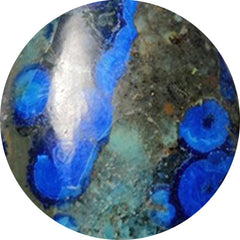 CUPRITE (22)
CUPRITE (22)
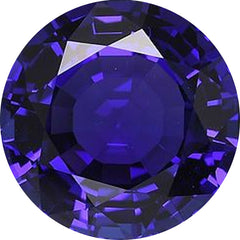 DECEMBER BIRTHSTONE (84)
DECEMBER BIRTHSTONE (84)
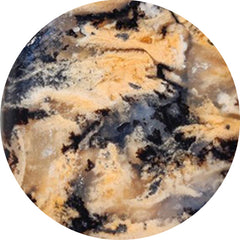 DENDRITIC AGATE (409)
DENDRITIC AGATE (409)
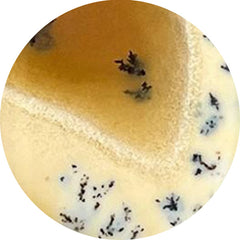 DENDRITIC OPAL (61)
DENDRITIC OPAL (61)
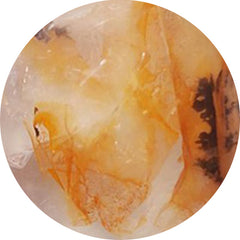 DENDRITIC QUARTZ (2)
DENDRITIC QUARTZ (2)
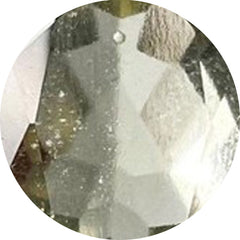 DESERT GLASS (8)
DESERT GLASS (8)
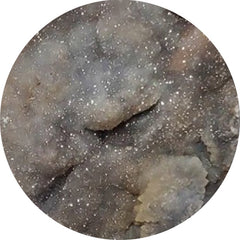 DESERT JASPER DRUZY (5)
DESERT JASPER DRUZY (5)
 DESERT SUNSET JASPER (6)
DESERT SUNSET JASPER (6)
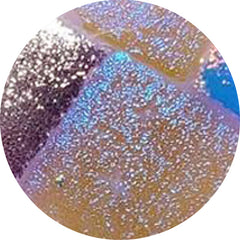 DICHROIC GLASS (143)
DICHROIC GLASS (143)
 DINOSAUR BONE FOSSIL (16)
DINOSAUR BONE FOSSIL (16)
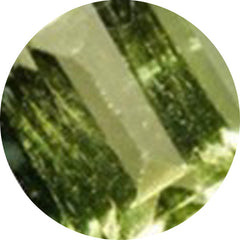 DIOPSIDE (55)
DIOPSIDE (55)
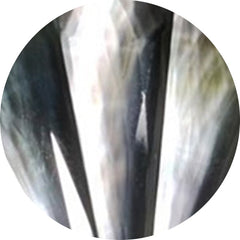 Doublets (756)
Doublets (756)
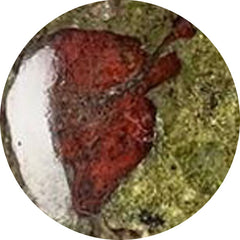 DRAGONBLOOD JASPER (4)
DRAGONBLOOD JASPER (4)
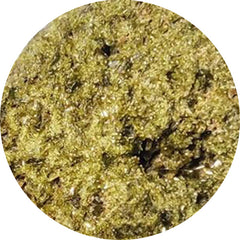 DRUZY (367)
DRUZY (367)
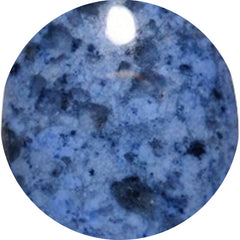 DUMORTIERITE (44)
DUMORTIERITE (44)
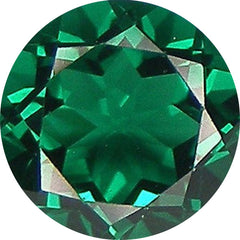 EMERALD (67)
EMERALD (67)
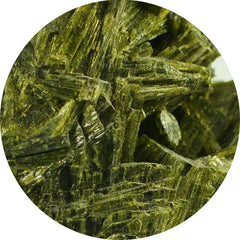 EPIDOTE (10)
EPIDOTE (10)
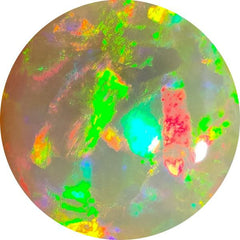 ETHIOPIAN OPAL (10)
ETHIOPIAN OPAL (10)
 EUDIALYTE (21)
EUDIALYTE (21)
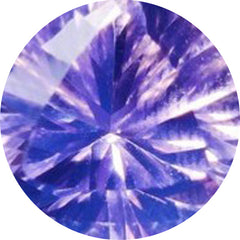 FACETED ROSE CUT (2039)
FACETED ROSE CUT (2039)
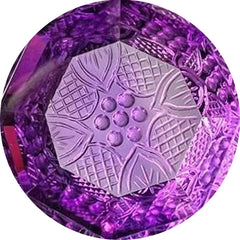 FANTASY CUTS (63)
FANTASY CUTS (63)
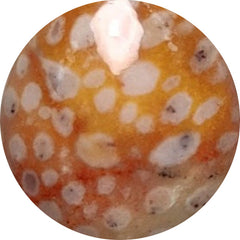 FAWN JASPER (18)
FAWN JASPER (18)
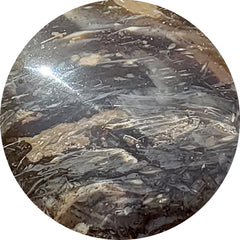 FEATHER AGATE (0)
FEATHER AGATE (0)
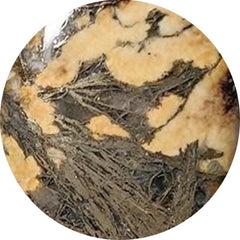 FEATHER PYRITE (42)
FEATHER PYRITE (42)
 FEBRUARY BIRTHSTONE (526)
FEBRUARY BIRTHSTONE (526)
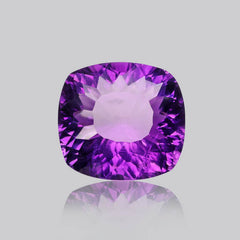 Fine Amethyst (33)
Fine Amethyst (33)
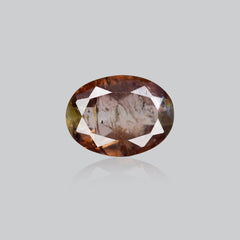 Fine Andalusite (2)
Fine Andalusite (2)
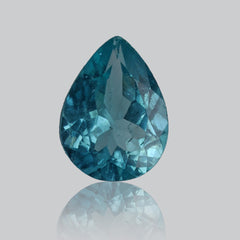 Fine Apatite (10)
Fine Apatite (10)
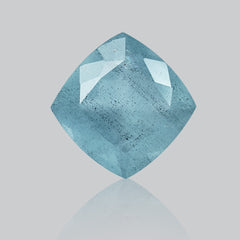 Fine Aquamarine (13)
Fine Aquamarine (13)
 Fine Blue Topaz (60)
Fine Blue Topaz (60)
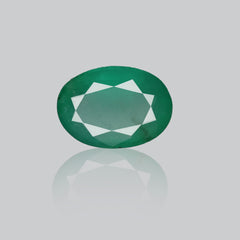 Fine Emerald (17)
Fine Emerald (17)
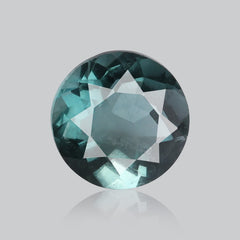 Fine Fluorite (13)
Fine Fluorite (13)
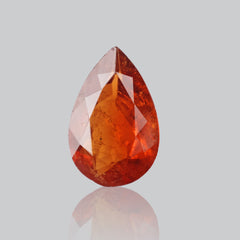 Fine Garnet (31)
Fine Garnet (31)
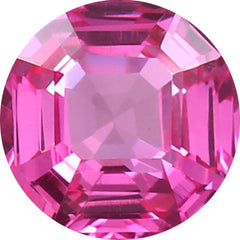 Fine Gemstone (0)
Fine Gemstone (0)
 Fine Iolite (14)
Fine Iolite (14)
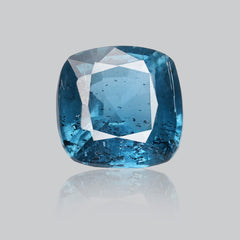 Fine Kyanite (41)
Fine Kyanite (41)
 Fine Moonstone (22)
Fine Moonstone (22)
 Fine Peridot (31)
Fine Peridot (31)
 Fine Prasiolite (34)
Fine Prasiolite (34)
 Fine Sapphire (9)
Fine Sapphire (9)
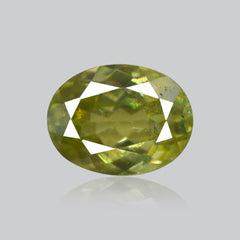 Fine Sphene (17)
Fine Sphene (17)
 Fine Sunstone (8)
Fine Sunstone (8)
 Fine Tanzanite (35)
Fine Tanzanite (35)
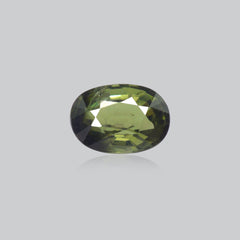 Fine Tourmaline (9)
Fine Tourmaline (9)
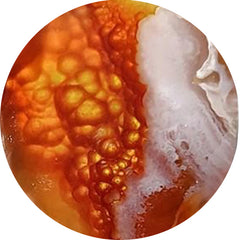 FIRE AGATE (3)
FIRE AGATE (3)
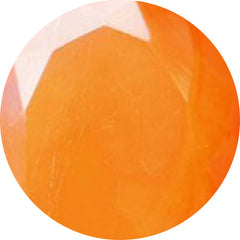 FIRE OPALS (8)
FIRE OPALS (8)
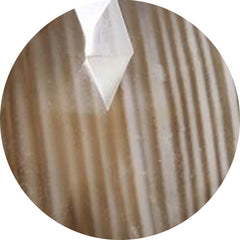 FLINT STONE (9)
FLINT STONE (9)
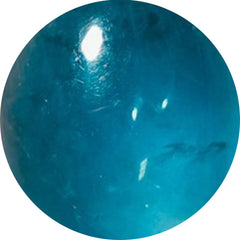 FLUORITE (188)
FLUORITE (188)
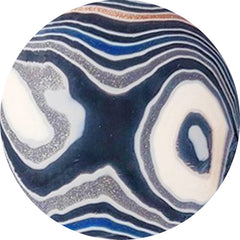 FORDITE (37)
FORDITE (37)
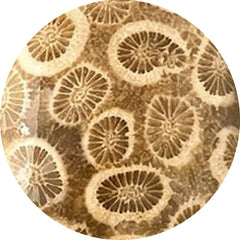 FOSSIL CORAL (297)
FOSSIL CORAL (297)
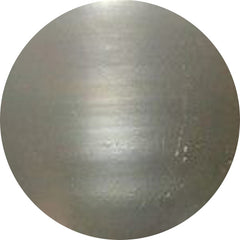 FOSSIL MARSTON MARBLE (4)
FOSSIL MARSTON MARBLE (4)
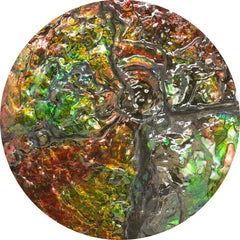 Fossils (514)
Fossils (514)
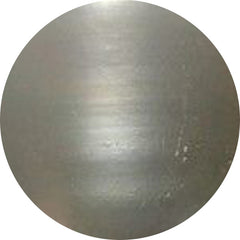 FRESHWATER PEARL (32)
FRESHWATER PEARL (32)
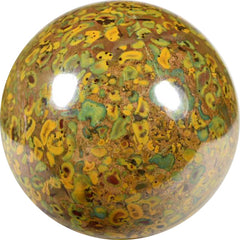 FRUIT JASPER (15)
FRUIT JASPER (15)
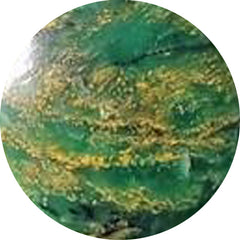 FUCHSITE (7)
FUCHSITE (7)
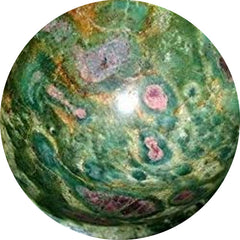 FUSCHITE (11)
FUSCHITE (11)
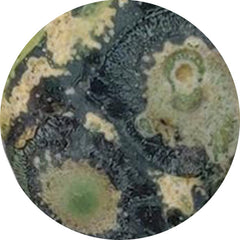 GALAXY JASPER (4)
GALAXY JASPER (4)
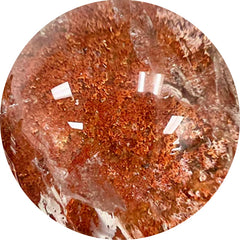 GARDEN QUARTZ (3)
GARDEN QUARTZ (3)
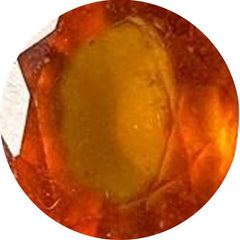 GARNET (116)
GARNET (116)
 GARNET IN LIMESTONE (30)
GARNET IN LIMESTONE (30)
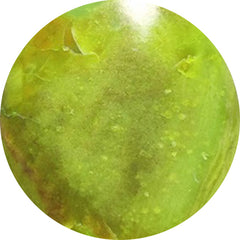 GASPEITE (24)
GASPEITE (24)
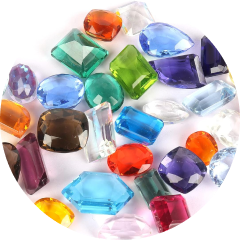 GEMSTONE LOTS (544)
GEMSTONE LOTS (544)
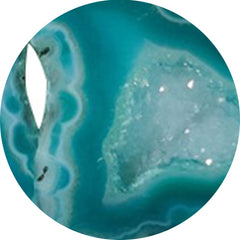 GEODE (26)
GEODE (26)
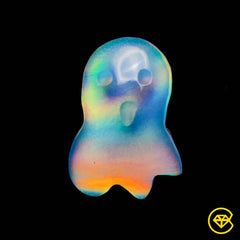 Ghost carving (16)
Ghost carving (16)
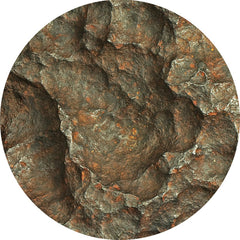 GIBEON METEORITE (0)
GIBEON METEORITE (0)
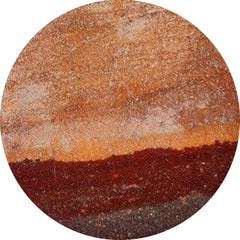 GILA MONSTER AGATE (16)
GILA MONSTER AGATE (16)
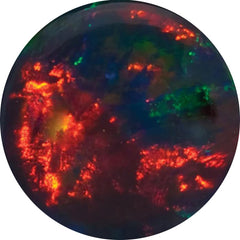 GILSON OPAL (29)
GILSON OPAL (29)
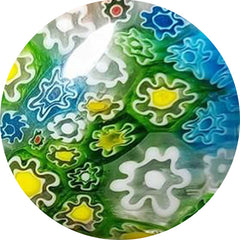 GLASS (160)
GLASS (160)
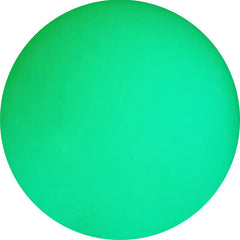 GLOW STONE (15)
GLOW STONE (15)
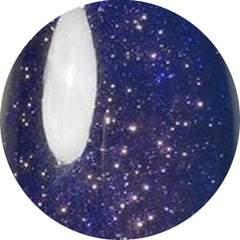 GOLDSTONE (30)
GOLDSTONE (30)
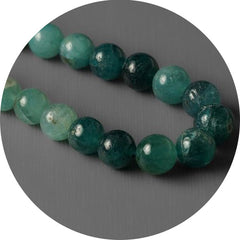 GRANDIDIERITE (11)
GRANDIDIERITE (11)
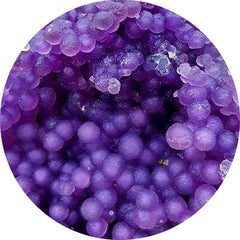 GRAPE AGATE (124)
GRAPE AGATE (124)
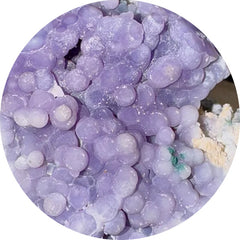 GRAPE CHALCEDONY (4)
GRAPE CHALCEDONY (4)
 Green Gemstones (415)
Green Gemstones (415)
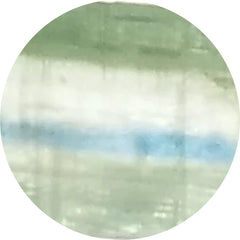 GREEN KYANITE (14)
GREEN KYANITE (14)
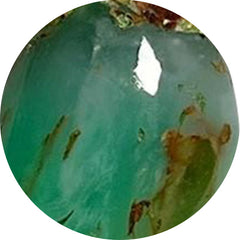 GREEN PRASE OPAL (16)
GREEN PRASE OPAL (16)
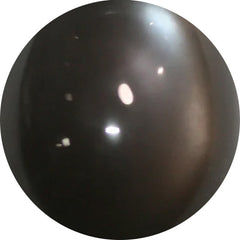 GREY MOONSTONE (35)
GREY MOONSTONE (35)
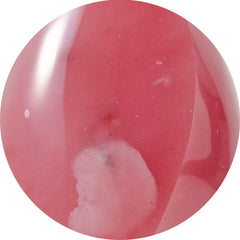 GUAVA QUARTZ (9)
GUAVA QUARTZ (9)
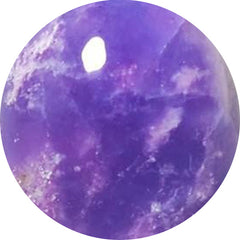 HACKMANITE (12)
HACKMANITE (12)
 HEART CARVING (387)
HEART CARVING (387)
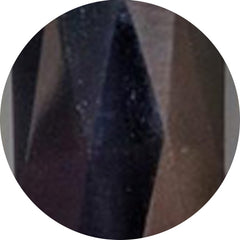 HEMATITE (25)
HEMATITE (25)
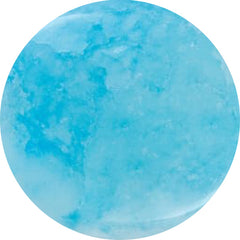 HEMIMORPHITE (57)
HEMIMORPHITE (57)
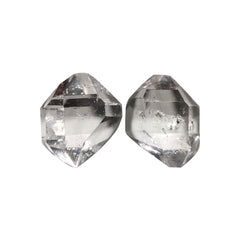 Herkimer Diamond (44)
Herkimer Diamond (44)
 Himalayan Quartz (436)
Himalayan Quartz (436)
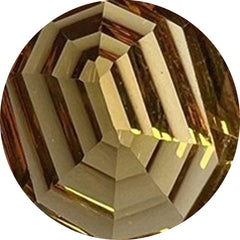 HONEY QUARTZ (22)
HONEY QUARTZ (22)
 HOWARDITE OPAL (5)
HOWARDITE OPAL (5)
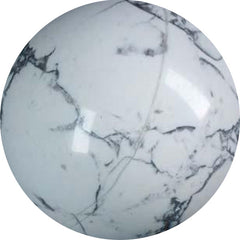 HOWLITE (5)
HOWLITE (5)
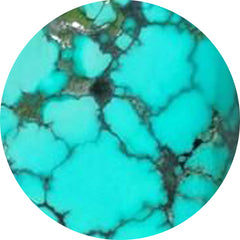 HUBEI TURQUOISE (126)
HUBEI TURQUOISE (126)
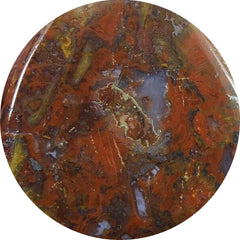 HUNGARIAN AGATE (1)
HUNGARIAN AGATE (1)
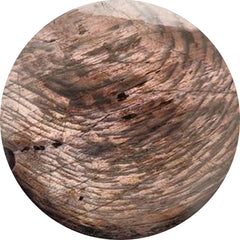 HYPERSTHENE (44)
HYPERSTHENE (44)
 ICE QUARTZ (0)
ICE QUARTZ (0)
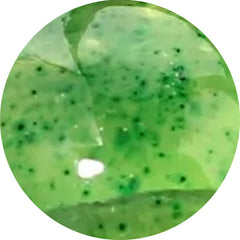 IDOCRASE (0)
IDOCRASE (0)
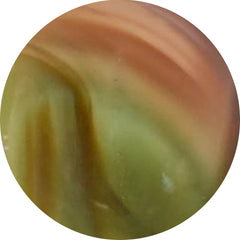 IMPERIAL JASPER (78)
IMPERIAL JASPER (78)
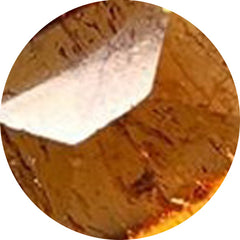 IMPERIAL TOPAZ (1)
IMPERIAL TOPAZ (1)
 INDIAN PAINT STONE (6)
INDIAN PAINT STONE (6)
 IOLITE (109)
IOLITE (109)
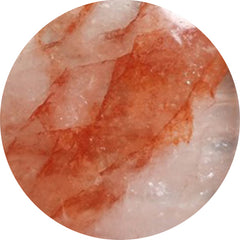 IRON QUARTZ (21)
IRON QUARTZ (21)
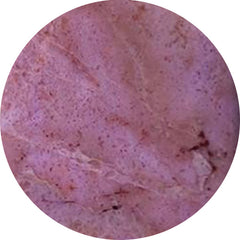 JADE (39)
JADE (39)
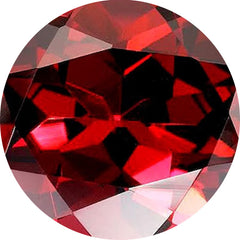 JANUARY BIRTHSTONE (116)
JANUARY BIRTHSTONE (116)
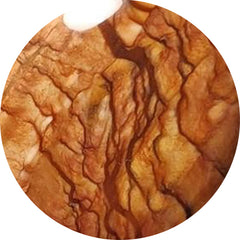 JASPERS (36)
JASPERS (36)
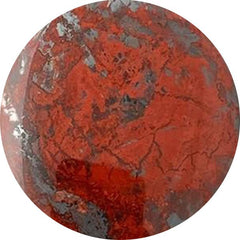 JASPILLITE (8)
JASPILLITE (8)
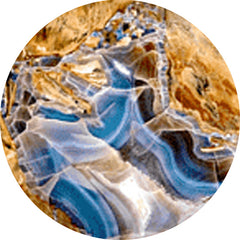 JAVA CHALCEDONY (11)
JAVA CHALCEDONY (11)
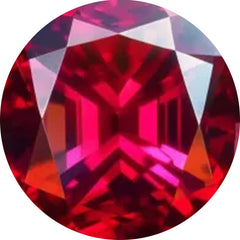 JULY BIRTHSTONE (223)
JULY BIRTHSTONE (223)
 June Birthstones: Moonstone, Pearl, and Alexandrite (562)
June Birthstones: Moonstone, Pearl, and Alexandrite (562)
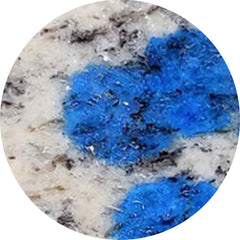 K2 JASPER (9)
K2 JASPER (9)
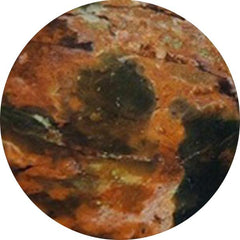 KALEIDOSCOPE AGATE (0)
KALEIDOSCOPE AGATE (0)
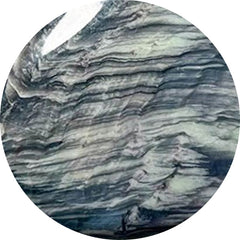 KAMMERERITE (99)
KAMMERERITE (99)
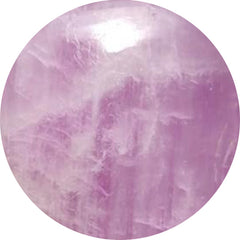 KUNZITE (11)
KUNZITE (11)
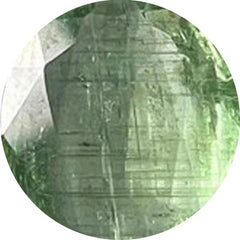 KYANITE (137)
KYANITE (137)
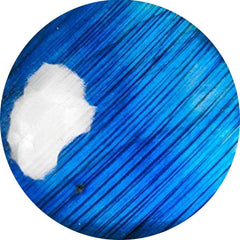 LABRADORITE (301)
LABRADORITE (301)
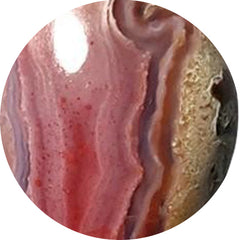 LAGUNA LACE AGATE (58)
LAGUNA LACE AGATE (58)
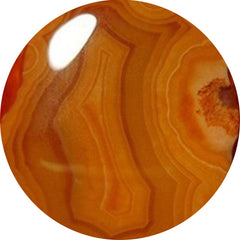 LAKE SUPERIOR AGATE (34)
LAKE SUPERIOR AGATE (34)
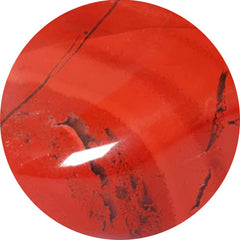 LANDSCAPE JASPER (0)
LANDSCAPE JASPER (0)
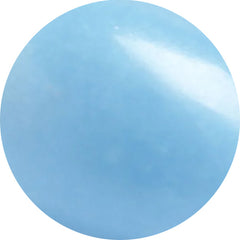 LANGITE (0)
LANGITE (0)
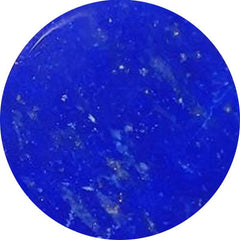 LAPIS LAZULI (174)
LAPIS LAZULI (174)
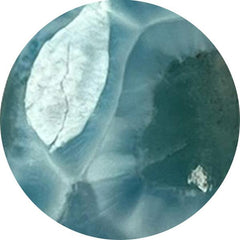 LARIMAR (129)
LARIMAR (129)
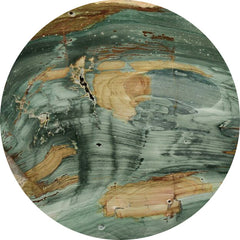 LARSONITE (17)
LARSONITE (17)
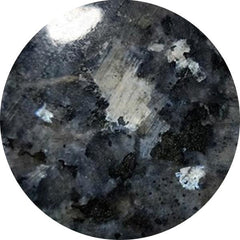 LARVIKITE FELDSPAR (40)
LARVIKITE FELDSPAR (40)
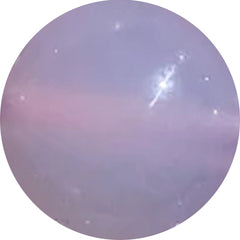 LAVENDER CHALCEDONY (26)
LAVENDER CHALCEDONY (26)
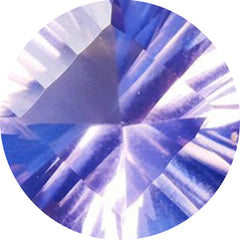 LAVENDER QUARTZ (5)
LAVENDER QUARTZ (5)
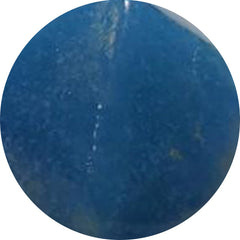 LAZULITE (8)
LAZULITE (8)
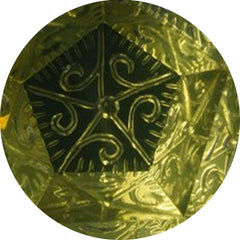 LEMON QUARTZ (40)
LEMON QUARTZ (40)
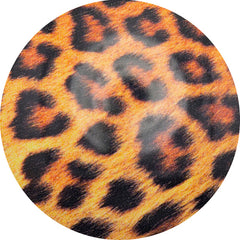 LEOPARD SKIN SHELL (0)
LEOPARD SKIN SHELL (0)
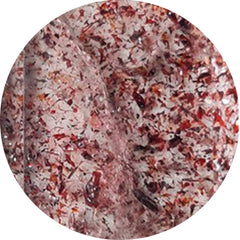 LEPIDOCROCITE (6)
LEPIDOCROCITE (6)
 LEPIDOLITE (44)
LEPIDOLITE (44)
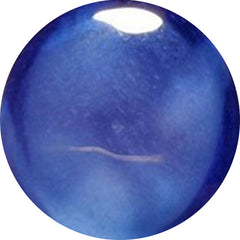 LINDY STAR SAPPHIRE (0)
LINDY STAR SAPPHIRE (0)
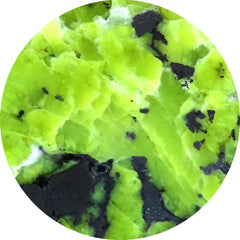 LIZARDITE (50)
LIZARDITE (50)
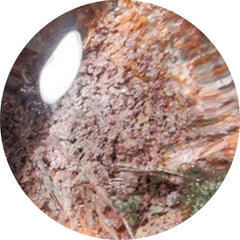 LODOLITE (105)
LODOLITE (105)
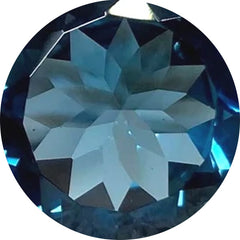 LONDON BLUE TOPAZ (34)
LONDON BLUE TOPAZ (34)
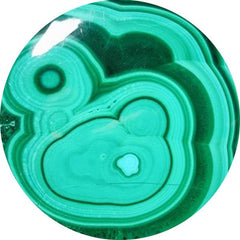 MALACHITE (618)
MALACHITE (618)
 Malawi Moonstone (5)
Malawi Moonstone (5)
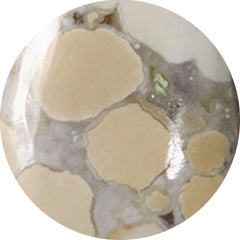 MALIGANO JASPER (45)
MALIGANO JASPER (45)
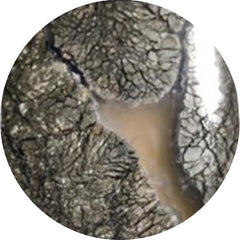 MARCASITE (13)
MARCASITE (13)
 MARCH BIRTHSTONE (72)
MARCH BIRTHSTONE (72)
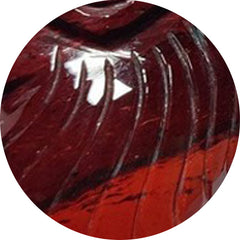 MARY ELLEN JASPER (0)
MARY ELLEN JASPER (0)
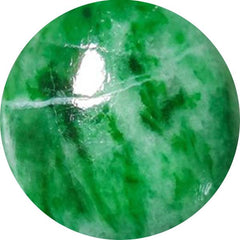 MAW SIT SIT (26)
MAW SIT SIT (26)
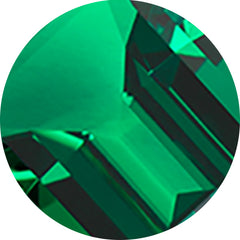 MAY BIRTHSTONE (67)
MAY BIRTHSTONE (67)
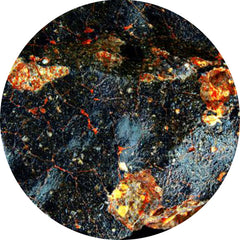 METEORITE (3)
METEORITE (3)
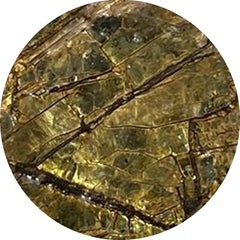 MICA (16)
MICA (16)
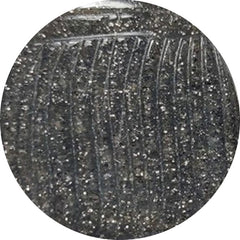 MIDNIGHT QUARTZITE (21)
MIDNIGHT QUARTZITE (21)
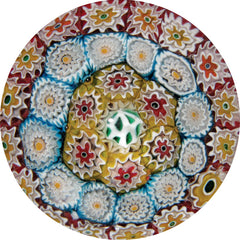 MILLEFIORI GLASS (2)
MILLEFIORI GLASS (2)
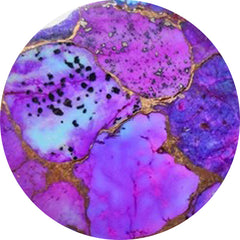 MOHAVE TURQUOISE (153)
MOHAVE TURQUOISE (153)
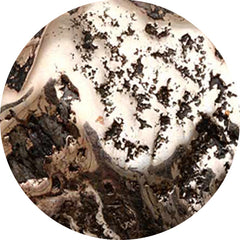 MOHAWKITES (0)
MOHAWKITES (0)
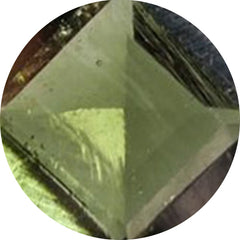 MOLDAVITE (0)
MOLDAVITE (0)
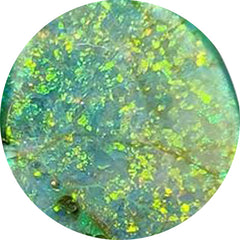 MONARCH OPAL (23)
MONARCH OPAL (23)
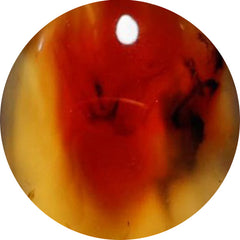 MONTANA AGATE (91)
MONTANA AGATE (91)
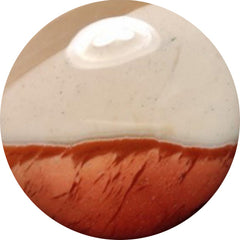 MOOKAITE (37)
MOOKAITE (37)
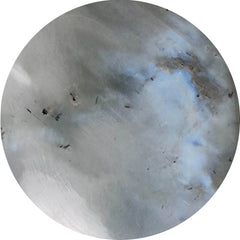 MOONSTONE (255)
MOONSTONE (255)
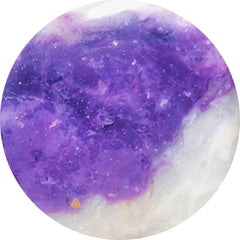 MORADO OPAL (1)
MORADO OPAL (1)
 Morenci Turquoise (0)
Morenci Turquoise (0)
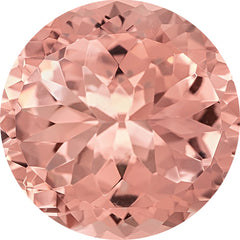 MORGANITE (0)
MORGANITE (0)
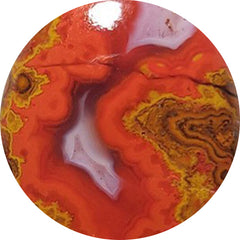 MOROCCAN SEAM AGATE (125)
MOROCCAN SEAM AGATE (125)
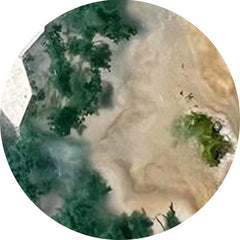 MOSS AGATE (429)
MOSS AGATE (429)
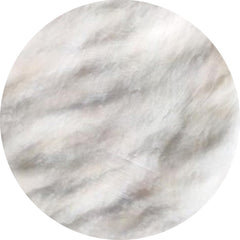 MOTHER OF PEARL (425)
MOTHER OF PEARL (425)
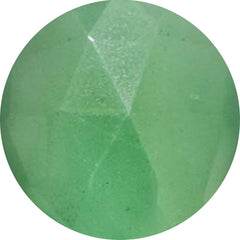 MTOROLITE (36)
MTOROLITE (36)
 Mughal Carving (555)
Mughal Carving (555)
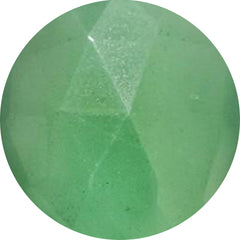 MUSCOVITE (22)
MUSCOVITE (22)
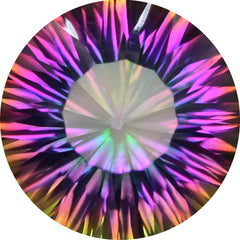 MYSTIC QUARTZ (1)
MYSTIC QUARTZ (1)
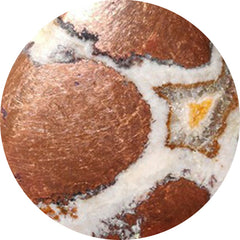 NATIVE COPPER (38)
NATIVE COPPER (38)
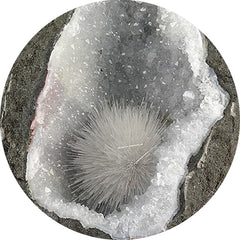 NATROLITE (11)
NATROLITE (11)
 NELLITE (5)
NELLITE (5)
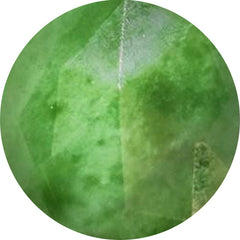 NEPHRITE JADE (5)
NEPHRITE JADE (5)
 New Arrivals (401)
New Arrivals (401)
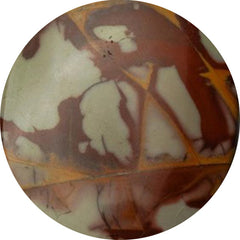 NOREENA JASPER (42)
NOREENA JASPER (42)
 NOVEMBER BIRTHSTONE (100)
NOVEMBER BIRTHSTONE (100)
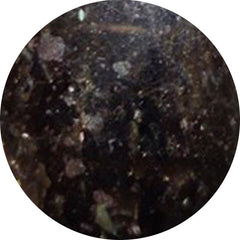 NUUMMITE (0)
NUUMMITE (0)
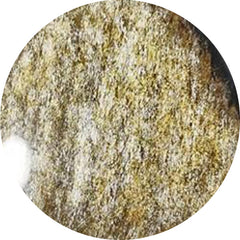 OBSIDIAN (373)
OBSIDIAN (373)
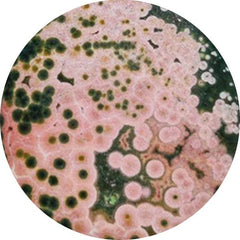 OCEAN JASPER (239)
OCEAN JASPER (239)
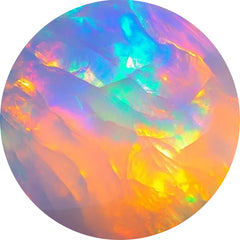 OCTOBER BIRTHSTONE (165)
OCTOBER BIRTHSTONE (165)
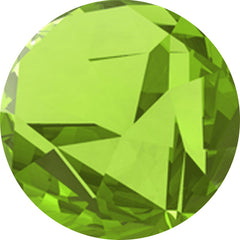 OLIVE QUARTZ (6)
OLIVE QUARTZ (6)
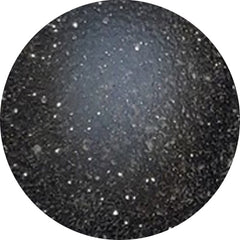 ONYX (251)
ONYX (251)
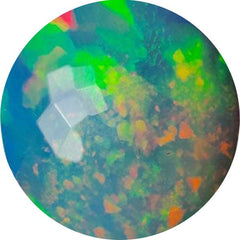 Opal (1084)
Opal (1084)
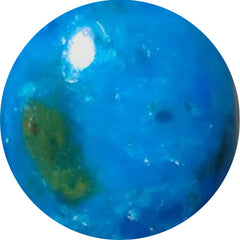 OPALINA (12)
OPALINA (12)
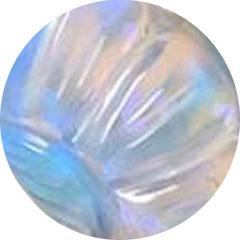 OPALITE (18)
OPALITE (18)
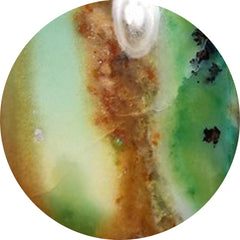 OPALWOOD (6)
OPALWOOD (6)
 Orange Gemstones (304)
Orange Gemstones (304)
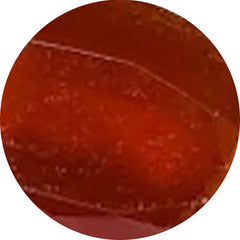 ORANGE KYANITE (5)
ORANGE KYANITE (5)
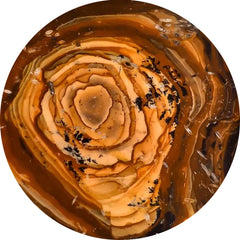 OREGON JASPER (8)
OREGON JASPER (8)
 ORTHOCERAS FOSSIL (47)
ORTHOCERAS FOSSIL (47)
 Out of stock products (3)
Out of stock products (3)
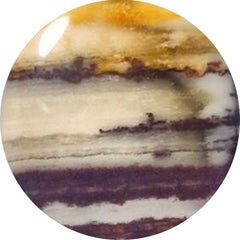 OUTBACK JASPER (6)
OUTBACK JASPER (6)
 OVER $50 (210)
OVER $50 (210)
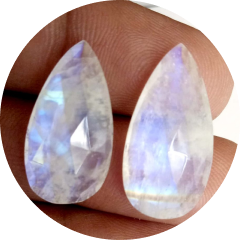 Pairs (1224)
Pairs (1224)
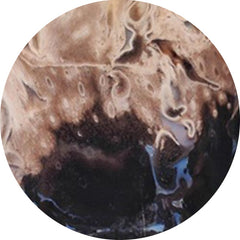 PALMROOT AGATE (70)
PALMROOT AGATE (70)
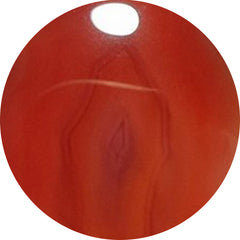 PASSION AGATE (2)
PASSION AGATE (2)
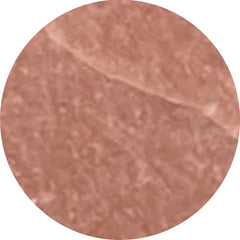 PEACH MOONSTONE (47)
PEACH MOONSTONE (47)
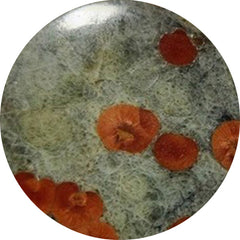 PEANUT OBSIDIAN (48)
PEANUT OBSIDIAN (48)
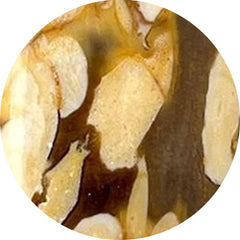 PEANUT WOOD JASPER (94)
PEANUT WOOD JASPER (94)
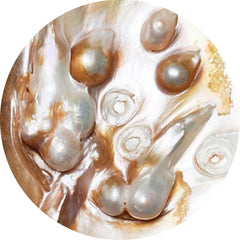 PEARL (562)
PEARL (562)
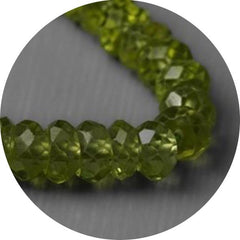 PERIDOT (35)
PERIDOT (35)
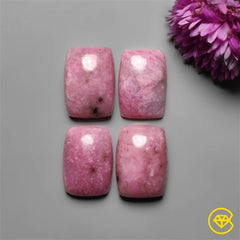 PETALITE (25)
PETALITE (25)
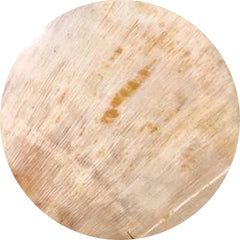 PETRIFIED WOOD (38)
PETRIFIED WOOD (38)
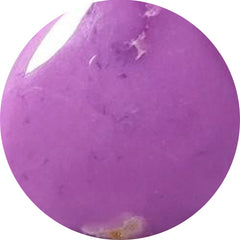 PHOSPHOSIDERITE (104)
PHOSPHOSIDERITE (104)
 PICASSO JASPER (68)
PICASSO JASPER (68)
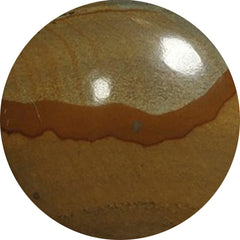 PICTURE JASPER (68)
PICTURE JASPER (68)
 PIETERSITE (72)
PIETERSITE (72)
 Pink Gemstones (439)
Pink Gemstones (439)
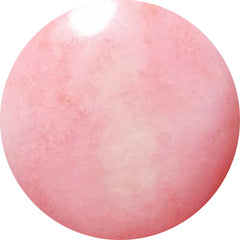 PINK OPAL (159)
PINK OPAL (159)
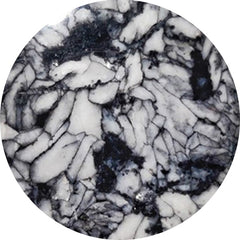 PINOLITH (34)
PINOLITH (34)
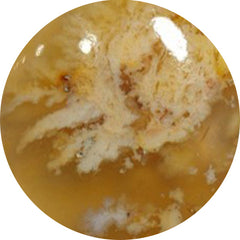 PLUME AGATE (78)
PLUME AGATE (78)
 POLKA DOT AGATE (42)
POLKA DOT AGATE (42)
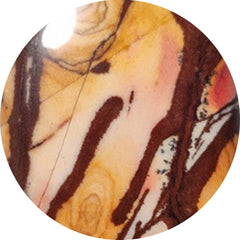 POLYCHROME JASPER (58)
POLYCHROME JASPER (58)
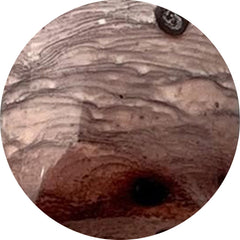 PORCELAIN JASPER (29)
PORCELAIN JASPER (29)
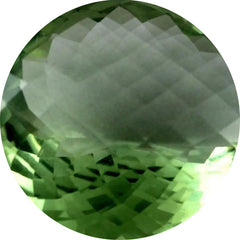 PRASIOLITE (57)
PRASIOLITE (57)
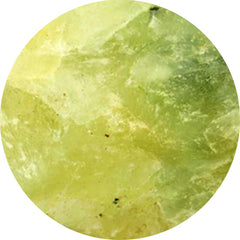 PREHNITE (24)
PREHNITE (24)
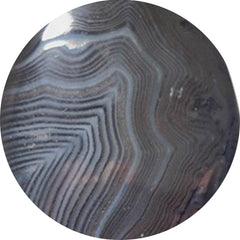 PSILOMELANE (24)
PSILOMELANE (24)
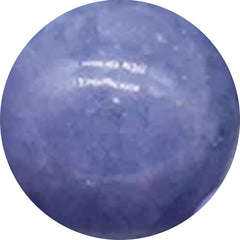 PURPLE CHALCEDONY (44)
PURPLE CHALCEDONY (44)
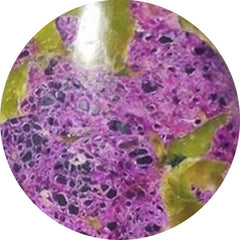 PURPURITE (11)
PURPURITE (11)
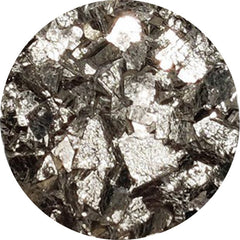 PYRITE (135)
PYRITE (135)
 QUARTZ (62)
QUARTZ (62)
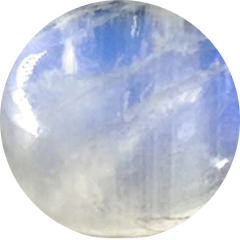 Rain Moonstones (0)
Rain Moonstones (0)
 RAINBOW CALCILICA (17)
RAINBOW CALCILICA (17)
 RAINBOW MOONSTONE (88)
RAINBOW MOONSTONE (88)
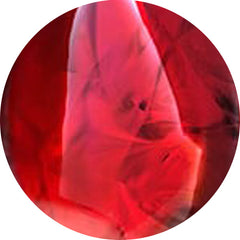 RED FOSSIL (0)
RED FOSSIL (0)
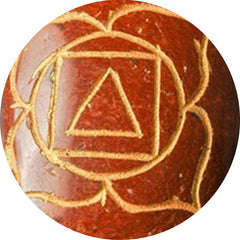 RED JASPER (3)
RED JASPER (3)
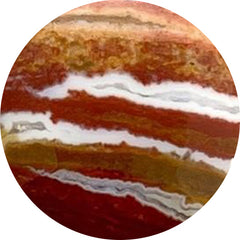 RED RIVER JASPER (18)
RED RIVER JASPER (18)
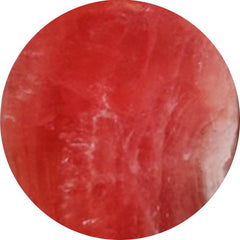 RHODOCHROSITE (349)
RHODOCHROSITE (349)
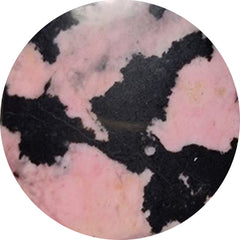 RHODONITE (83)
RHODONITE (83)
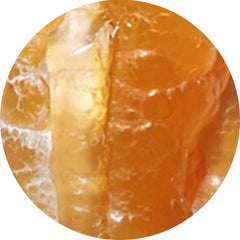 ROCK CHALCEDONY (2)
ROCK CHALCEDONY (2)
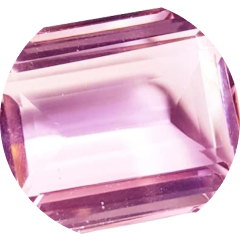 Rose Cut Gemstones (760)
Rose Cut Gemstones (760)
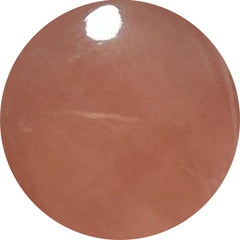 ROSE QUARTZ (69)
ROSE QUARTZ (69)
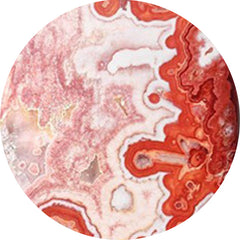 ROSITA JASPER (18)
ROSITA JASPER (18)
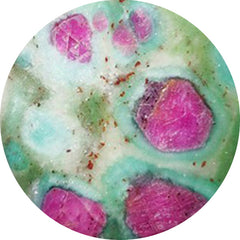 RUBY IN FUCHSITE (6)
RUBY IN FUCHSITE (6)
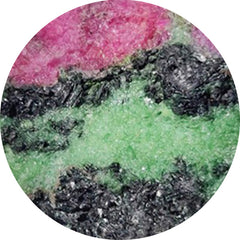 RUBY IN ZOISITE (107)
RUBY IN ZOISITE (107)
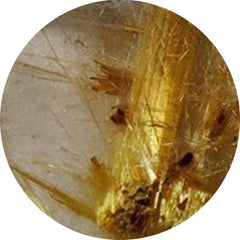 RUTILATED QUARTZ (210)
RUTILATED QUARTZ (210)
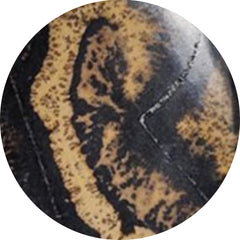 SAGE BRUSH JASPER (0)
SAGE BRUSH JASPER (0)
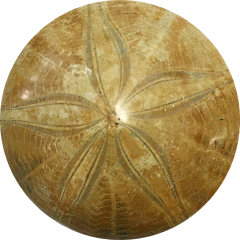 SAND DOLLAR FOSSIL (0)
SAND DOLLAR FOSSIL (0)
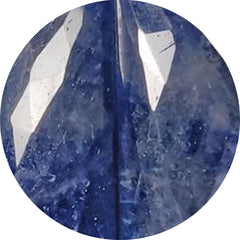 SAPPHIRE (48)
SAPPHIRE (48)
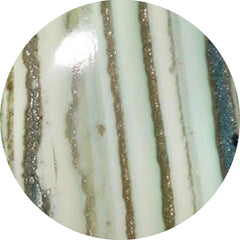 SATURN CHALCEDONY (66)
SATURN CHALCEDONY (66)
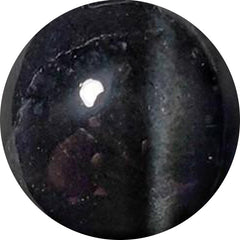 SCAPOLITE (14)
SCAPOLITE (14)
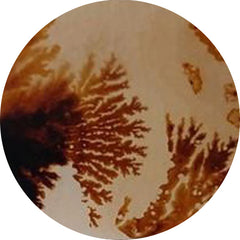 SCENIC AGATE (73)
SCENIC AGATE (73)
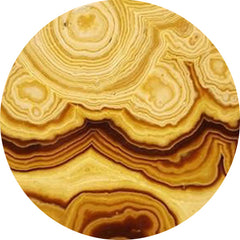 SCHALENBLENDE (98)
SCHALENBLENDE (98)
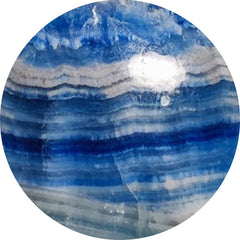 SCHEELITE (41)
SCHEELITE (41)
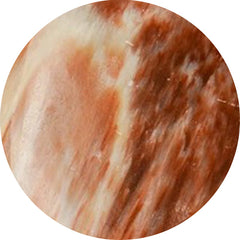 SCOLECITE (52)
SCOLECITE (52)
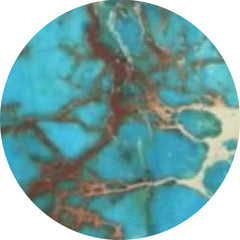 SEA SEDIMENT JASPER (7)
SEA SEDIMENT JASPER (7)
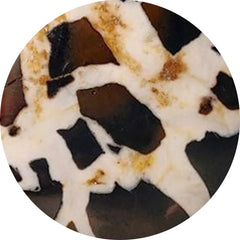 SEPTARIAN (85)
SEPTARIAN (85)
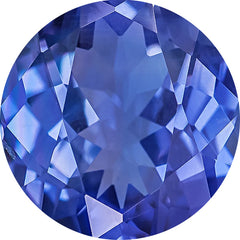 SEPTEMBER BIRTHSTONE (178)
SEPTEMBER BIRTHSTONE (178)
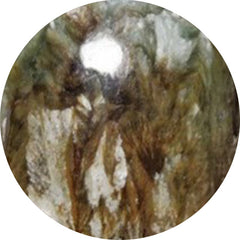 SERAPHINITE (64)
SERAPHINITE (64)
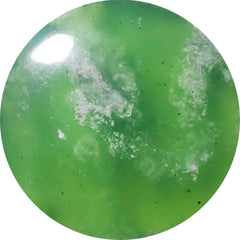 SERPENTINE (182)
SERPENTINE (182)
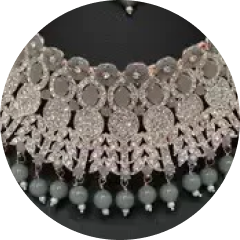 SETS (0)
SETS (0)
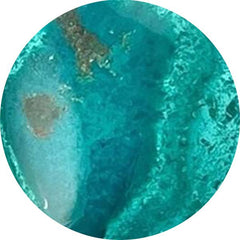 SHATTUCKITE (291)
SHATTUCKITE (291)
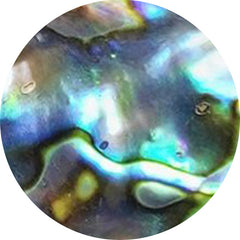 SHELL (264)
SHELL (264)
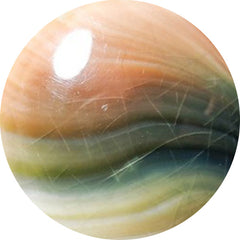 SHIVA EYE SHELL (50)
SHIVA EYE SHELL (50)
 SHUNGITE (5)
SHUNGITE (5)
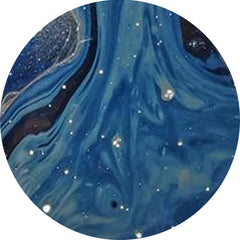 SIEBER AGATE (2)
SIEBER AGATE (2)
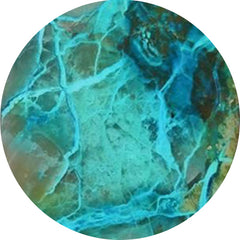 SILICA (6)
SILICA (6)
 Silver Leaf Jasper (16)
Silver Leaf Jasper (16)
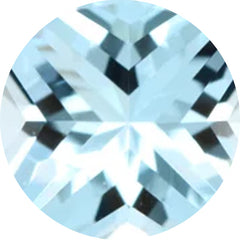 SKY BLUE TOPAZ (7)
SKY BLUE TOPAZ (7)
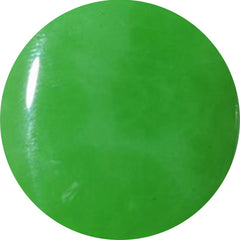 SMITHSONITE (44)
SMITHSONITE (44)
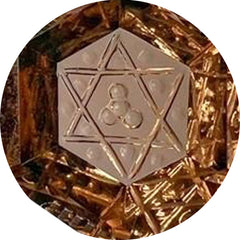 SMOKY QUARTZ (28)
SMOKY QUARTZ (28)
 SNAKESKIN JASPER (65)
SNAKESKIN JASPER (65)
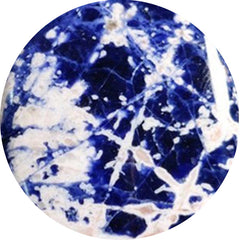 SODALITE (69)
SODALITE (69)
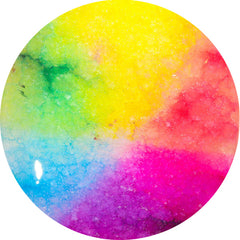 SOLAR AGATE (0)
SOLAR AGATE (0)
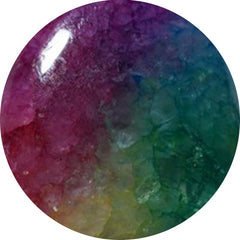 SOLAR QUARTZ (56)
SOLAR QUARTZ (56)
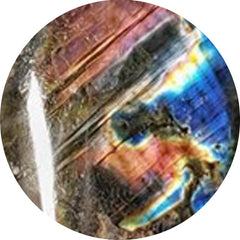 SPECTROLITE (51)
SPECTROLITE (51)
 SPHENCE (22)
SPHENCE (22)
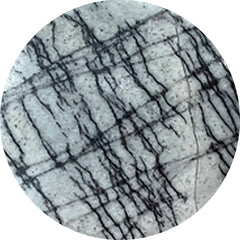 SPIDERWEB JASPER (7)
SPIDERWEB JASPER (7)
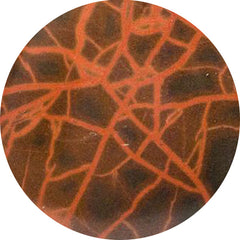 SPIDERWOMAN JASPER (1)
SPIDERWOMAN JASPER (1)
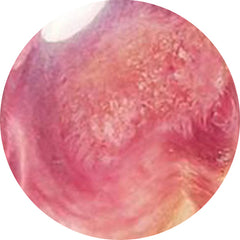 SPINY OYSTER SHELL (37)
SPINY OYSTER SHELL (37)
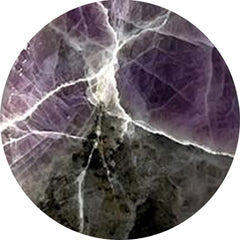 SPURRITE (8)
SPURRITE (8)
 STARBURST (1)
STARBURST (1)
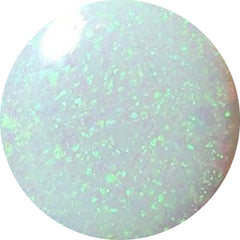 STERLING OPAL (5)
STERLING OPAL (5)
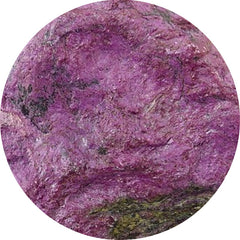 Stichtite (43)
Stichtite (43)
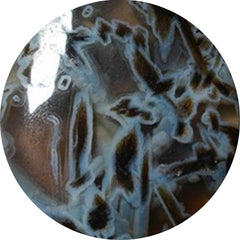 STICK AGATE (15)
STICK AGATE (15)
 STITCHTITE (137)
STITCHTITE (137)
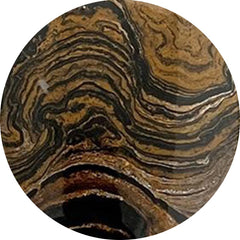 STRAMATOLITE (0)
STRAMATOLITE (0)
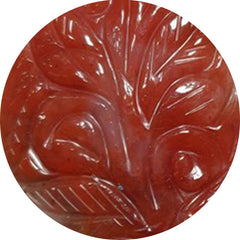 STRAWBERRY QUARTZ (9)
STRAWBERRY QUARTZ (9)
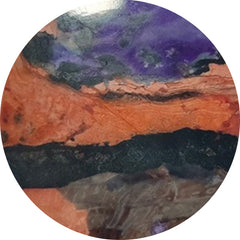 SUGILITE (1)
SUGILITE (1)
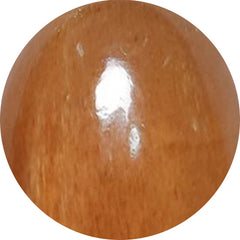 SUNSTONE (176)
SUNSTONE (176)
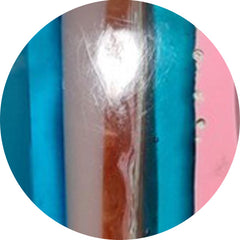 SURFITE (0)
SURFITE (0)
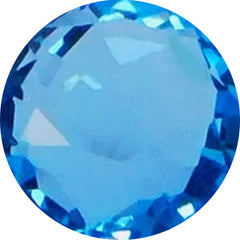 SWISS BLUE TOPAZ (40)
SWISS BLUE TOPAZ (40)
 SWISS OPAL (3)
SWISS OPAL (3)
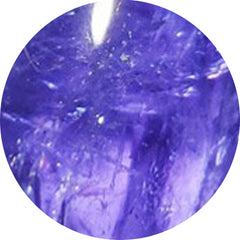 TANZANITE (46)
TANZANITE (46)
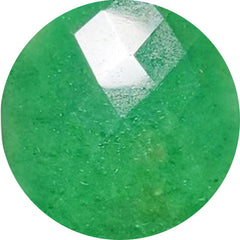 TANZURINE (11)
TANZURINE (11)
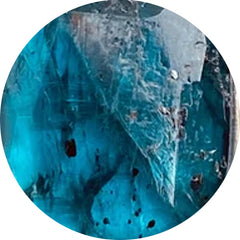 TEAL KYANITE (10)
TEAL KYANITE (10)
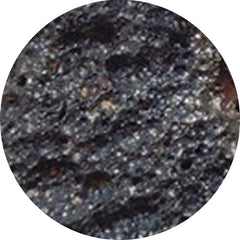 TEKTITE (16)
TEKTITE (16)
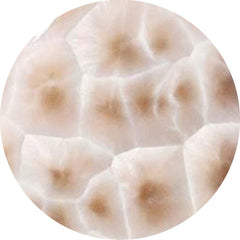 THOMSONITE (32)
THOMSONITE (32)
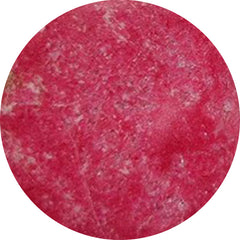 THULITE (86)
THULITE (86)
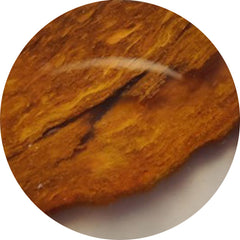 THUNDER EGG AGATE (0)
THUNDER EGG AGATE (0)
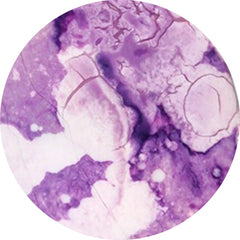 TIFFANY STONE (5)
TIFFANY STONE (5)
 TIGER EYE (74)
TIGER EYE (74)
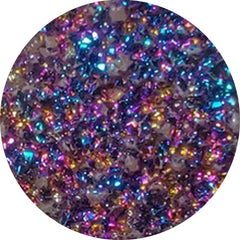 TITANIUM DRUZY (9)
TITANIUM DRUZY (9)
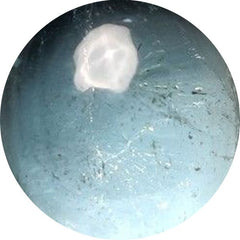 TOPAZ (85)
TOPAZ (85)
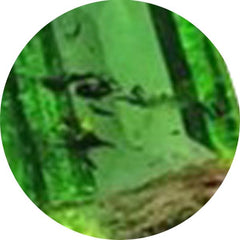 TOURMALINE (168)
TOURMALINE (168)
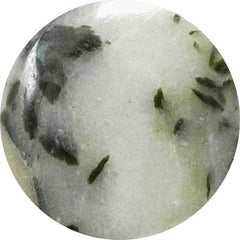 TOURMALINE IN QUARTZ (92)
TOURMALINE IN QUARTZ (92)
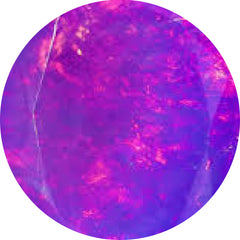 TREATED OPAL (59)
TREATED OPAL (59)
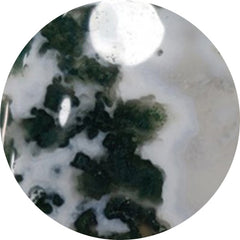 TREE AGATE (33)
TREE AGATE (33)
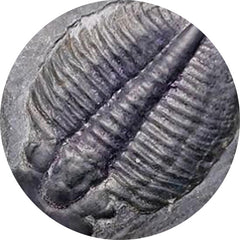 TRILOBITE FOSSIL (10)
TRILOBITE FOSSIL (10)
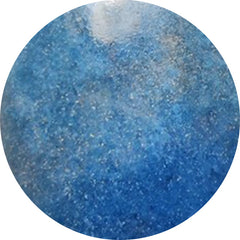 TROLLEITE QUARTZ (40)
TROLLEITE QUARTZ (40)
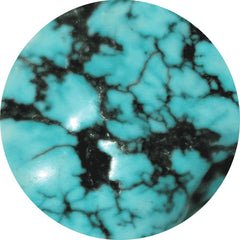 TUMBLES (1)
TUMBLES (1)
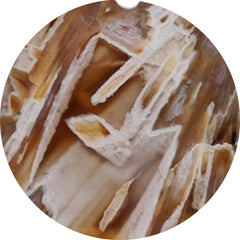 TURKISH TUBE AGATE (82)
TURKISH TUBE AGATE (82)
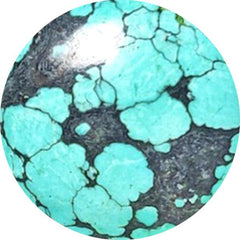 TURQUOISE (492)
TURQUOISE (492)
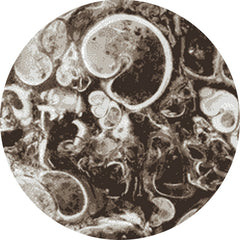 TURRITELLA JASPER (4)
TURRITELLA JASPER (4)
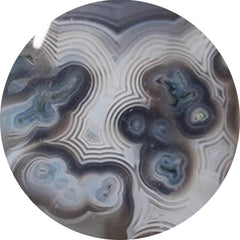 TUXEDO AGATE (57)
TUXEDO AGATE (57)
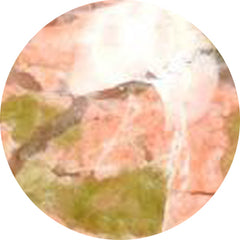 Unakite (4)
Unakite (4)
 UNDER $10 (4039)
UNDER $10 (4039)
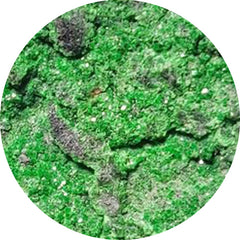 UVAROVITE GARNET (4)
UVAROVITE GARNET (4)
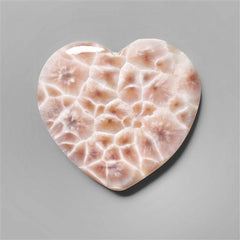 Valentine (790)
Valentine (790)
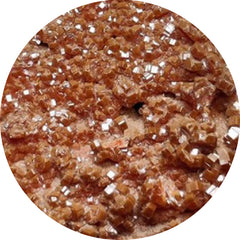 VANADINITE DRUZY (6)
VANADINITE DRUZY (6)
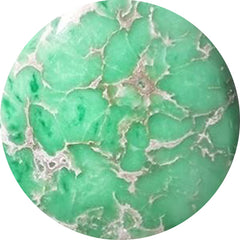 VARISCITE (121)
VARISCITE (121)
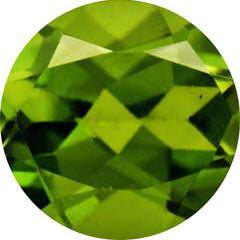 VESUVIANITE (0)
VESUVIANITE (0)
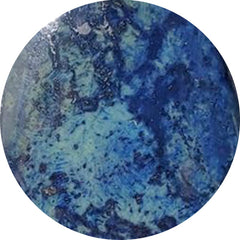 VIVIANITE (0)
VIVIANITE (0)
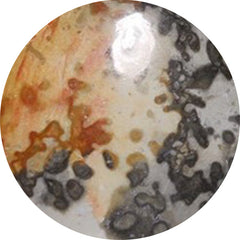 VOLCANIC COTHAM MARBLE (10)
VOLCANIC COTHAM MARBLE (10)
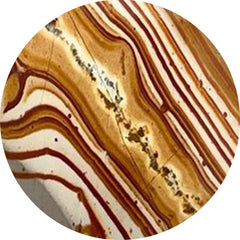 WAGUL JASPER (6)
WAGUL JASPER (6)
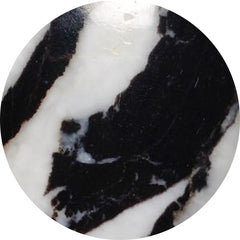 WHITE BUFFALO TURQUOISE (45)
WHITE BUFFALO TURQUOISE (45)
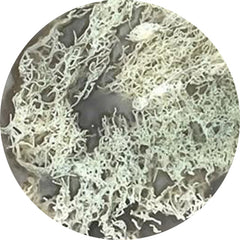 WHITE HORSE CANYON (48)
WHITE HORSE CANYON (48)
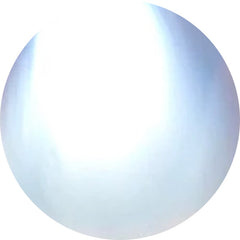 WHITE MOONSTONE (38)
WHITE MOONSTONE (38)
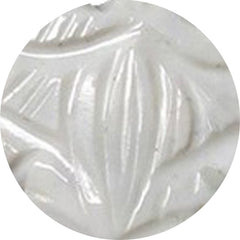 WHITE OPAL (13)
WHITE OPAL (13)
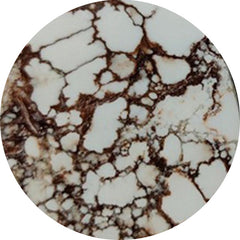 WILD HORSE JASPER (113)
WILD HORSE JASPER (113)
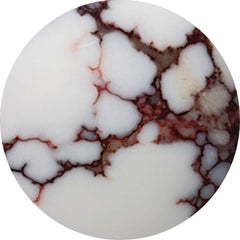 WILD HORSE MAGNESITE (59)
WILD HORSE MAGNESITE (59)
 WILLOW CREEK JASPER (9)
WILLOW CREEK JASPER (9)
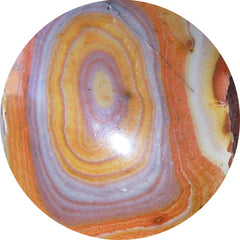 WONDER STONE (4)
WONDER STONE (4)
 WOOD (204)
WOOD (204)
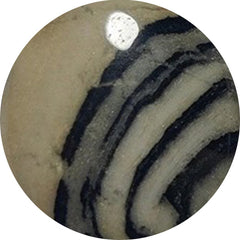 YAVAPAI TRAVERTINE (0)
YAVAPAI TRAVERTINE (0)
 Yellow Gemstones (179)
Yellow Gemstones (179)
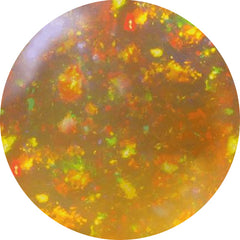 YELLOW OPAL (0)
YELLOW OPAL (0)
 YEMENI AQEEQ (0)
YEMENI AQEEQ (0)
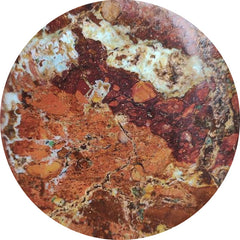 ZARINITE (0)
ZARINITE (0)
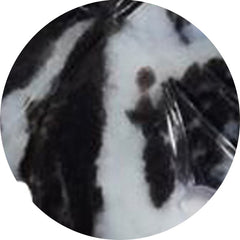 ZEBRA JASPER (1)
ZEBRA JASPER (1)
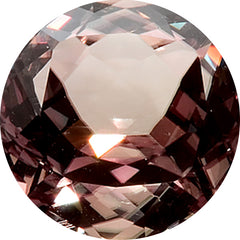 ZULTANITE (6)
ZULTANITE (6)





